

From the PBC Vault: Catamarans vs V-Hulls
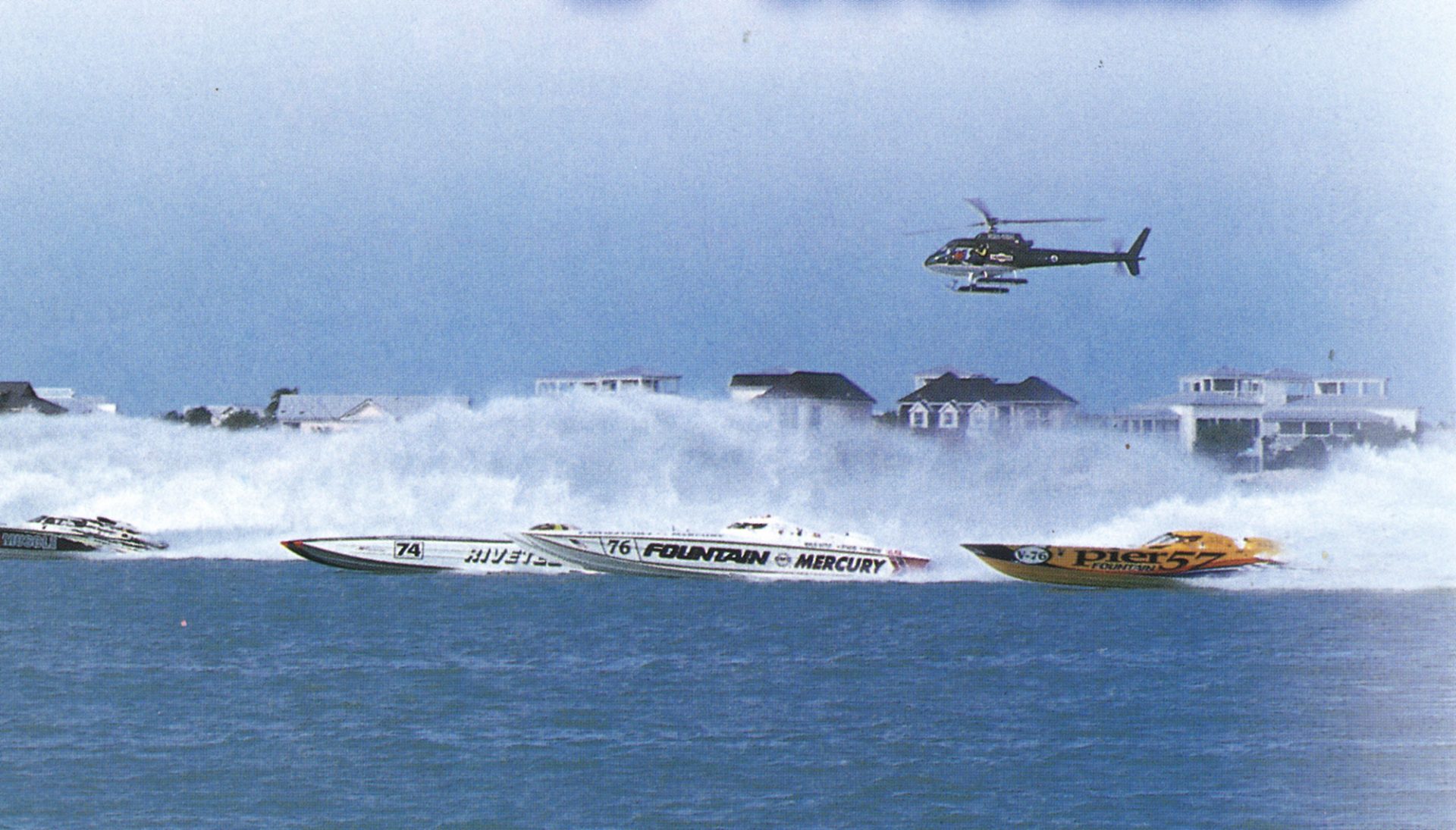
Wherein lies the difference?
By Steve Bandler
Poker Runs America / P ower Boating Canada has received a number of letters asking about the differences between catamarans and V-hulls. This is in response to those letters. For our readership, we will address only planing catamarans, primarily for high performance, in the 20- to 50- foot length range, although most of the discussion applies to all cats.
Design and Performance Considerations
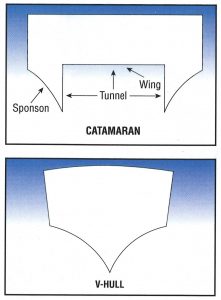
The underside of the supporting structure is referred to as the wing. Originally, cats were designed to improve a boats lateral stability. At low speeds, the cat provides a platform in the water analogous to a person standing on two feet as opposed to one foot for the V-hull. This reduces the tilting that occurs when a boat is loaded off its centerline.
As speed increases, a planing hull rises in the water. A V-hull has to balance on its V as the wetted area narrows. When the wetted area becomes sufficiently narrow, wind and water disturbances, and steering input can result in chine walking, a lateral instability where a V-hull rocks back and forth from side to side. As speeds increase, chine-walking amplitudes can increase to dangerous levels.
Deep-V’s, popular in offshore applications to provide a softer ride in rough water, are more prone to this condition than flatter bottomed boats. The catamaran, with its wider stance, provides a solution to this problem. The cat’s sponsons can be sharpened along their keels to reduce slamming in rough water while still providing a running platform.
As more powerful engines have been produced, speeds have increased to the point where aerodynamic forces have become significant. The wing like supporting structure between the hulls of a cat can be shaped to provide aerodynamic life.
Since water is more than 800 times as dense as air, using a cat’s wing to generate lift, and reduce water area on the boat, improves life to drag ratios significantly as compared to a V-hull. This makes cats of similar size, weight and power faster than V-hulls.
Designing a cat to properly account for the aerodynamic and hydrodynamic forces is not easy. Correct location of the centers of both aerodynamic and hydrodynamic forces is essential to providing a safe and stable ride. If the center of an aerodynamic force is too far forward, a cat can blow over if the angle of attack is too great when launching off a wave.
Also, if insufficient aerodynamic lift is generated, waves can impact the wing, an effect know as tunnel slap, resulting in excessive slamming in rough conditions. Such design deficiencies kept early high-speed cats from running as fast as V-hulls in rough water and they were considered smooth water boats. Today, with improved designs, cats will typically outrun similarly sized V-hulls in all but the roughest conditions. The air compressed under the tunnel cushions the ride.
Handling Considerations
When considering handling characteristics, it is important to remember that cats typically run faster than their V-hull counterparts. Higher speeds alone result in handling differences. That being said, a well-designed cat tends to provide a more stable and secure ride than a similarly sized V-hull at the same speed.
Other than speed, the greatest difference that I’ve found between cats and V-hulls is in turning, especially at high speeds. When rudders or outdrives are deflected to turn a boat, a momentum, or torque is generated that cause the boat to rotate about its longitudinal axis and lean into the turn.
With its narrow stance in the water, a V-hull will lean deeply into the turn allowing its bottom surfaces to deflect water away from the turn to ate forces that will counter the centrifugal forces. This allows a V-hull to carve a tight turn with little skidding. With its wide stance, a cat cannot lean as deeply into the turn.
This results in smaller hydrodynamic forces to counter the centrifugal force so that the cat tends to skid around the turn. Advancing the outboard throttle slightly in a twin-engine cat can help improve turning, but care must be taken not to over-steer or the cat will spin out or catch a sponson and flip over.
This is not to say that the same problems can’t be encountered by a V-hull. It’s just that a cat is more sensitive to them. As with any boat, seat time is important before taking a boat near its limits.
In choppy water, at idle and very low speeds, water displaced in the tunnel between a cat’s sponsons may not be able to exit at the transom if the aft section of the wing is submerged.
This water is forced forward and can exit the tunnel at the bow in an upwards direction. If this water comes up over the bow it can result in a wet ride. A V-hull deflects water to its sides eliminating this condition.
Needless to say, in very windy conditions with heavy seas, neither hull is immune to a wet ride. Due to the greater distance between propellers in a twin-engine cat than a high-performance V-hull, the cat will outmaneuver its V-hull counterpart around the docks.
The greater the propeller distance from the centerline of the boat, the great the turning moment. This makes it easier to turn the cat in a shorter distance than a V-hull. The turning effect of placing one drive in forward and the other in reverse is greatly enhanced.
Accommodations
The requirement for larger wings to increase aerodynamic lift in high performance cats gives rise to cats that are typically wider than similarly sized V-hulls. Therefore, cats usually have more available deck space than similarly sized V-hulls.
On the other hand, the cats tunnel takes away from the potentially available cabin space. It’s unusual to see standing headroom in a high-performance cat. Catamaran cabin designs typically provide headroom in the sponsons and use the section over the wing for tables and berths while V-hull designs plan for maximum headroom along a center aisle.
Structural requirements and design complexities tend to make catamaran hulls more expensive than similarly sized and outfitted V-hulls. However, a cat will generally be more efficient to operate than a V-hull at the same speed, thereby saving fuel costs. Also, some of the higher costs of the hull can be recovered in engine and drive package savings since a cat can run as fast as a V-hull with less power.
Cats versus Vees: A Racer’s Point of view
By Michelle May Schmidt
Driver – Don Q Cristal, 2000 APBA offshore Super Cat National Champions, APBA Half of Champions
Patel is a heavyweight in the offshore arena. He has also owned and races cats and Vees.
“In super rough water, Vee bottoms cut through better and vision is better. To me, it’s safer to race a Vee hull”
Patel feels that catamaran hulls sporting twin canopies can produce a negative effect towards vision.
“It becomes difficult when you try to make a left-handed turn. You get a skewed view and have to look through the throttleman to make the turn safely.”
That, says Patel, combined with the higher potential to turn a cat over, would be two facts to consider when looking at racing a cat hull.
And he should know, since he blew one over at 150+ miles per hour a few years ago in testing. That in mind, Patel still prefers the stability in the width of a cat when turning in rough water.
Suggestions for non-racers wanting to wear the uniform in pursuit of the checkered flag? “Start off in Factory Class. It’s the cheapest, safest and most dependable to run in. and know your limits. Don’t run over your head and get hurt.”
Steve David
OPBRA vice president, former APBA president, former driver – Citgo Supergard, Unlimited Hydro Champion.
David points out that Vees are highly exciting because at top end they are on the edge and require very little lateral stability. They’re super reactive to drive, tab and wave action.
According to him, a smaller Vee hull can take larger seas than an equivalent cat, although that equalizes as you get into the 40+ foot range. In addition, a Vee can run through exceptionally rough head, quartering and following seas while maintaining pretty good headway.
“The flip side,” says David, “is that it takes a lot of power to get a vee hull over 100 mph and then huge incremental horsepower gains to exceed 120 mph, whereas the equivalent horsepower in a cat would yield another 20 mph.”
David admits cats can run quick without massive horsepower and have excellent turning characteristics, but he feels it’s a rough and wet ride until you get into the larger ones.
“I wouldn’t say it’s a negative, but more of an observation that the larger cats have a reduced utility in terms of everyday use, because of the width for trailering or dry storage.”
David wants those not yet involved in offshore racing to know that the same courtesy that exists in everyday boating exists in racing as well.
“Whether one is a pleasure boater meeting new friends at a distant marina or anchorage, or a new offshore racer, boating is a family activity in a much larger sense.
It’s a shared experience of exploring, the freedom to roam and virtually no limit to your travel desires. Boating, including offshore racing is an exclamation point to our daily lives!”
John M. Kiely
Owner/throttle-man – Kiely Motorsports/Team Tellium, Factory 3, 2nd Place National and Worlds, raced in early 1990s
John Kiely runs a skater and feels that the efficient hull design of the catamaran allows for a high top end speed without the need for big, expensive power. He adds that the distance between drives allows him to maneuver around docks and other boats without too much effort.
“The downside to cats is that there is limited salon area on the pleasure boat applications, but the upside is that my twin ABPA 502 EFI Mercs accelerate my 36 Skater well over 100 mph on pump gas.”
Kiely says that Vee bottoms ‘have it made” in the public’s eye, because they automatically view the hull as THE original shape of offshore high performance, due in part to the fact that many legends in the sport started with a deep Vee. “However, the public also seems to have a misconception about cats in reference to their stability in rough water,” he adds, in support of the cat.
As for the pro side to Vees, Kiley feels that it is far more practical to haul a Vee bottom citing that it is not uncommon for a 45-foot deep Vee to have a beam of 8’6” or less.
As for performance, the downside, in Kiely’s opinion, is that some deep Vees have a nasty habit of chine walking. To him, this characteristic is uncomfortable at any speed. It also takes a large financial and labor-intensive effort to obtain speeds in excess of 100 mph in a Vee bottom.
“To anyone not involved but interested in racing I offer these words of advice. The positives of cats and Vees can be enhanced, and the negatives can be diminished as long as you’re a team.”
Peter Doerner
Owner/throttleman – Freedom Offshore Racing, F-1, 1999 National and World Champions
In a racing situation, Doerner will tell you that the deep Vee hull is much faster and more agile in the corners than a cat. It’s also an outstanding rough water hull.
He will also add that the V-hull needs to break contact with the water to gain the maximum speed this design will allow.
Doerner finds that the current step designs in some V-hulls tend to be squirrely around flat water corners in.
High-speed situation whereas the wide design of a catamaran hull allows for an air entrapment that gives it more stability in average conditions.
“The positive lift design of an air entrapment hull will produce more speed, given like horsepower, than a Vee hull design,” say Doerner. “However, it does take longer to get on plane for a cat, given the same horsepower, than a Vee hull.”
Doerner’s advice for those who are not already involved in offshore racing is to come to a race, meet the teams, look at the equipment, bring their families, and “catch the fever that the next great motorsport is fueling all over the country!”
David Woods
Owner/throttleman, Pier 57 Fountain fleet
Woods had surely gotten more run for the money than any offshore racer out there this past season, via advertising on his fleet, ever-growing Vee bottoms.
His stable includes Fountain USA.com, Pier 57 Fountain, Fountain Pier 57, and Utz Pier 57 Fountain, racing in the Super Vee, Vee Lite, and Factory Classes.
Woods’ first comment out of the box was Vees are way too cool. To which Art Lilly, his partner in offshore adds, “They are long lean, fighting machines.”
As an afterthought, Woods states: “I sell Vees. I race what I sell. And, I like Reggie.”
Woods does admit that cat hulls go fast with little horsepower whereas it takes more horsepower to get a Vee-bottom going. Another cat positive? “There is no drag in flat water where the Vee has more boat in the water. But lets face it, cats have training wheels,” he jokes with Lilly. “Art’s raced both.”
Woods does concede that Vees are more difficult to race at higher speeds. “It’s basically a balancing act,” he says, compared to running a cat hull. “You don’t run a cat like a boat, you fly it like an airplane.”
Related Post
The 2024 alumacraft fsx, the 2024 edmonton boat and sportsmen’s show opens tomorrow , e-propulsion sustainably mobilizes hundreds of sightseeing bamboo rafts on the guilin li river.
The Illustrated Guide To Boat Hull Types (11 Examples)
I didn't understand anything about boat hull types. So I've researched what hulls I need for different conditions. Here's a complete list of the most common hulls.
What are the different boat hull types? There are three boat hull categories: displacement hulls, which displace water when moving; planing hulls, which create lift at high speeds; and semi-displacement hulls, which displace water and generate lift at low speeds. The most common hull types are round-bottomed, flat-bottomed, multi, V-shaped, and pontoon hulls.
But that's all pretty abstract if you ask me, so below I'll give a simple overview of what it all means. After that, I'll give a list with pictures of all the different designs.
A Simple Overview of Boat Hull Types
Your boat hull will be the biggest factor in how your boat handles or sails, how wet it is, how bumpy - absolutely everything is determined by the hull shape. So it's important to understand what different hulls will do for you, and what each hull is best for. First, let's slice it up into rough categories.
Roughly, you can divide boat hulls into three categories:
- Displacement hulls - Lie inside the water and push it away when they move
- Planing hulls - Lie on top of the water and don't push it away
- Semi-displacement hulls - Lie inside the water and push it away, but can generate lift
Everything I'll be mentioning below is one of those three, or something in between.
There are five common boat hull types:
- Round-bottomed hulls - handle well in rough water: sailboats
- Flat-bottomed hulls - very stable for calm inland waters: fishing boats
- Multihulls - very stable and buoyant: catamarans
- V-Shaped Hulls - fast and comfortable in chop: powerboats
- Pontoon hulls - fast and stable: pontoon boats
And then there's everything in-between.
Here's a quick and handy overview of the different hull types
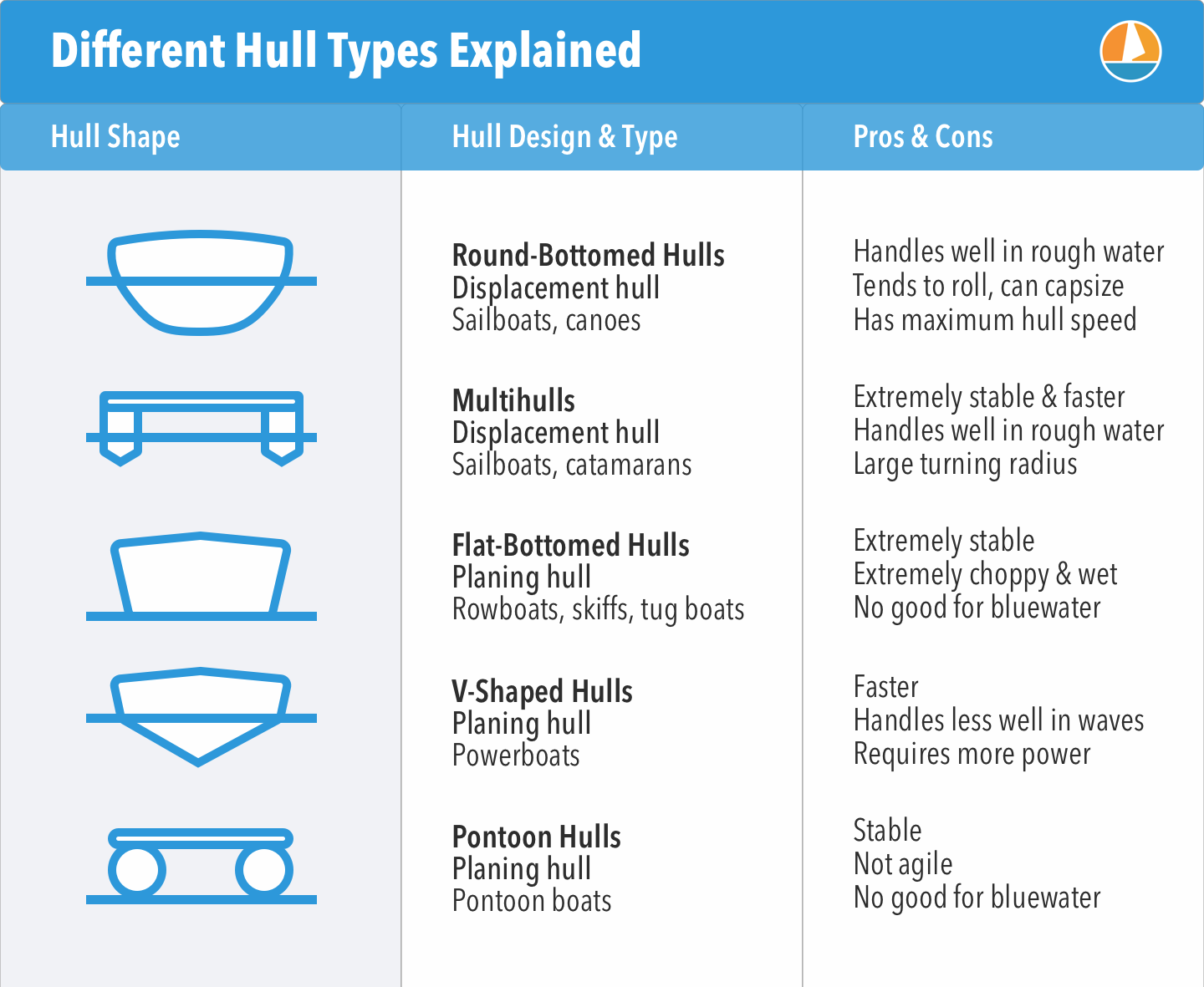
In each category, we find different designs and styles that have different characteristics. There isn't a real clear distinction between categories and styles: there are semi-displacement hulls and so on. So I thought the best way to learn you the different hull types is by simply creating a list with lots of pictures, instead of getting all theoretical about it.
So below I've listed all the different hull styles I could possibly think of, mention what category and type it is, the pros and cons of each one, and give you examples and illustrations for each one.

On this page:
Displacement hulls, round-bottom hull, catamaran hull, trimaran hull, planing hulls, flat-bottom hull, deep v-hull, modified-v hull, stepped hull, pontoon hull, semi-displacement hulls.
Examples: Sailboats, trawlers, fishing boats
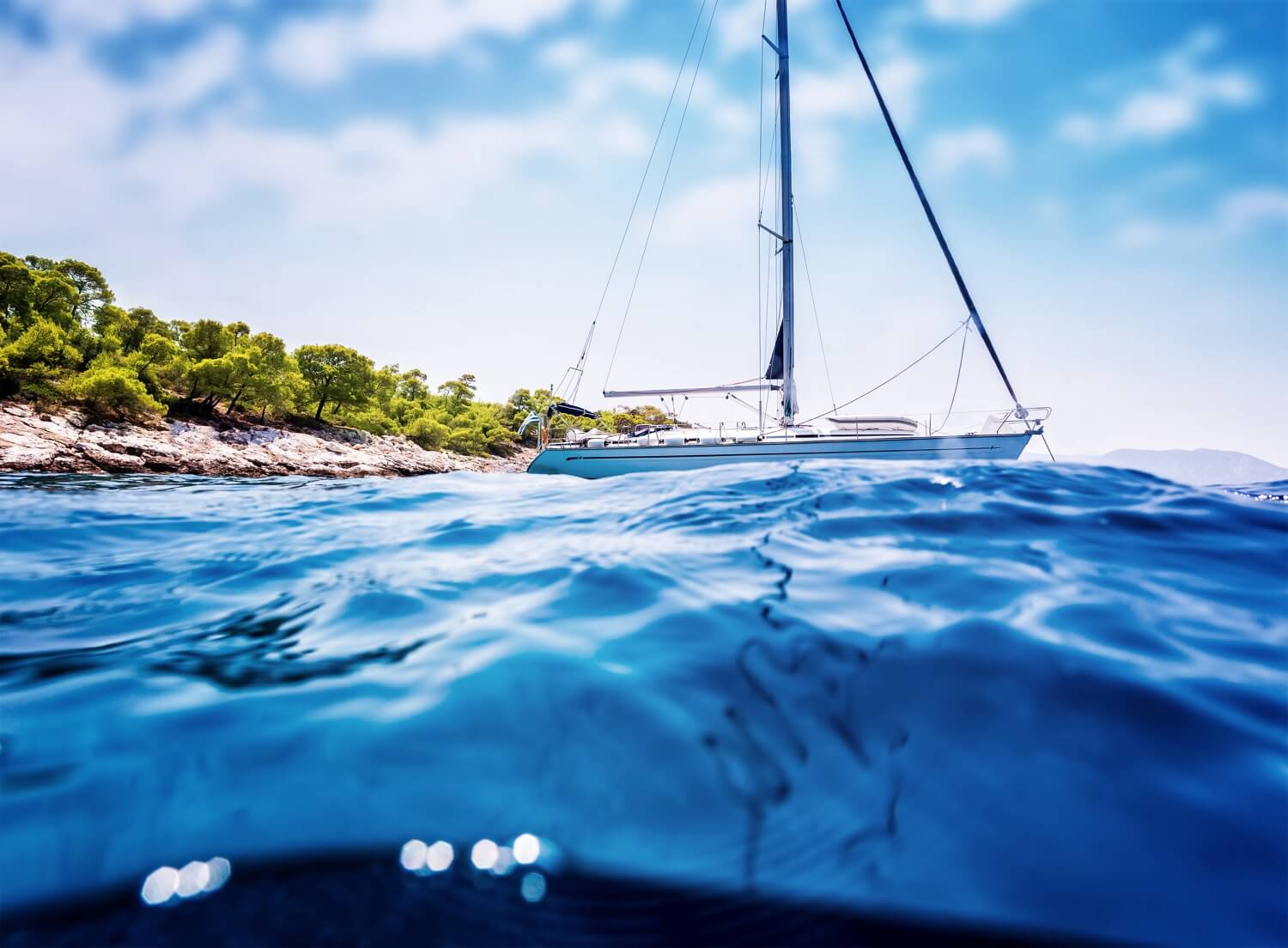
Displacement hulls displace water when moving. These hulls lie in the water, instead of on top of it. The amount of water they displace is equal to the boat's weight. Displacement hulls handle way better in rough waters than flat-bottom hulls. That's why most cruisers have some sort of displacement hulls. There are actually all kinds, shapes, and forms of the displacement hull design, which we'll go over later.
The most important thing to understand about the displacement hull, is that it operates on buoyancy. This means that most of the boat's weight is supported by its capacity to float . Planing hulls, on the other hand, operate on lift instead, but we'll dive into that later.
Sailboats typically have displacement hulls, but also fishing boats, trawlers and crabbers. All in all, it's used for each boat that needs to handle well in rough conditions.
Learn everything there is to know about displacement hulls in this article . It lists all the pros and cons and really goes into detail on the nitty-gritty about how displacement hulls actually work .
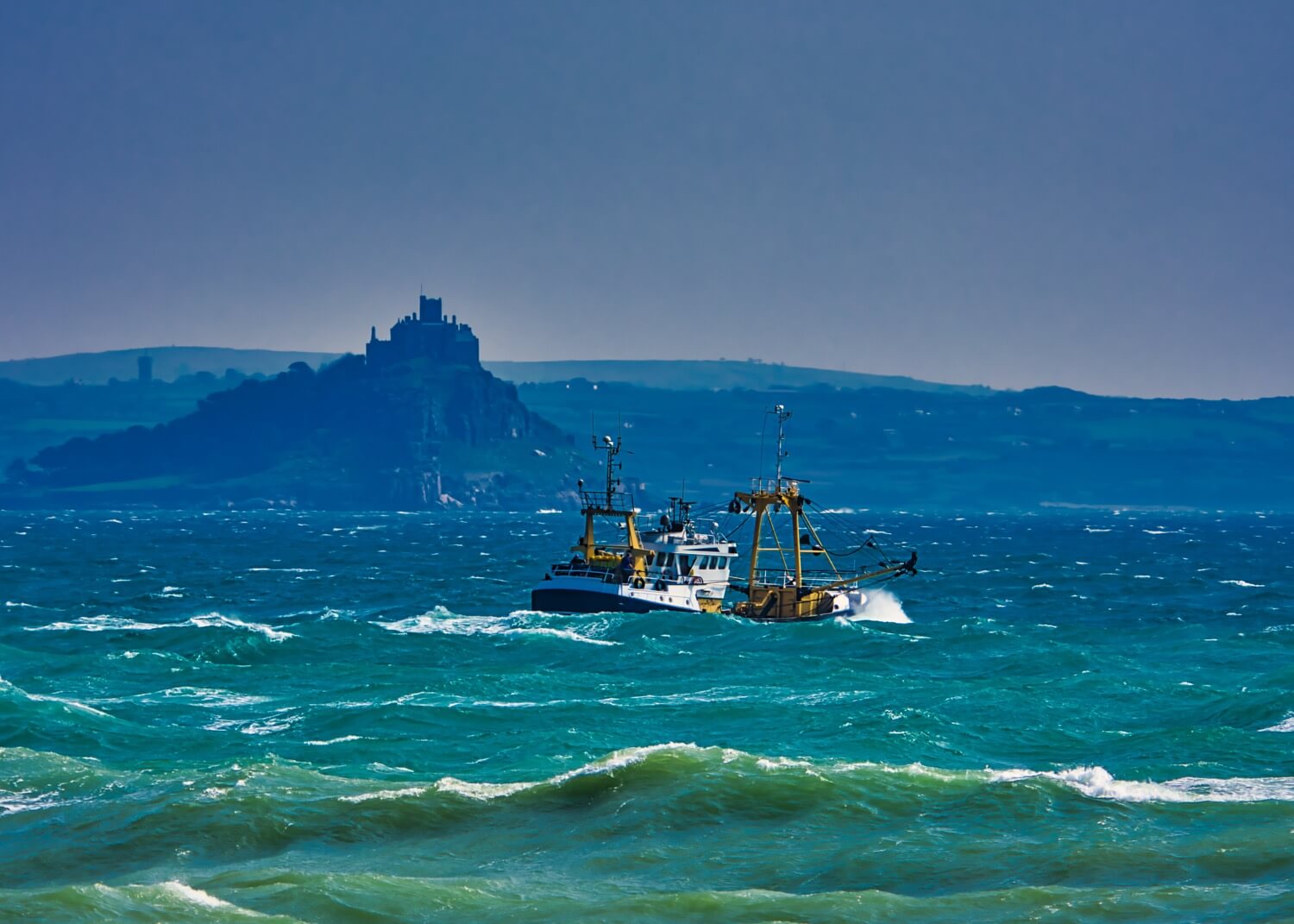
But they are also slower than flat and planing hulls because the boat creates more resistance when moving. It has to push the water aside. In fact, this type of hull has a built-in upper-speed limit.
This upper-speed limit is called maximum hull speed . It means that the length of a displacement hull directly determines the maximum speed. It can't go faster, because the water-resistance increases with the boat's speed. To learn everything about calculating maximum hull speed , please check out my previous article here.
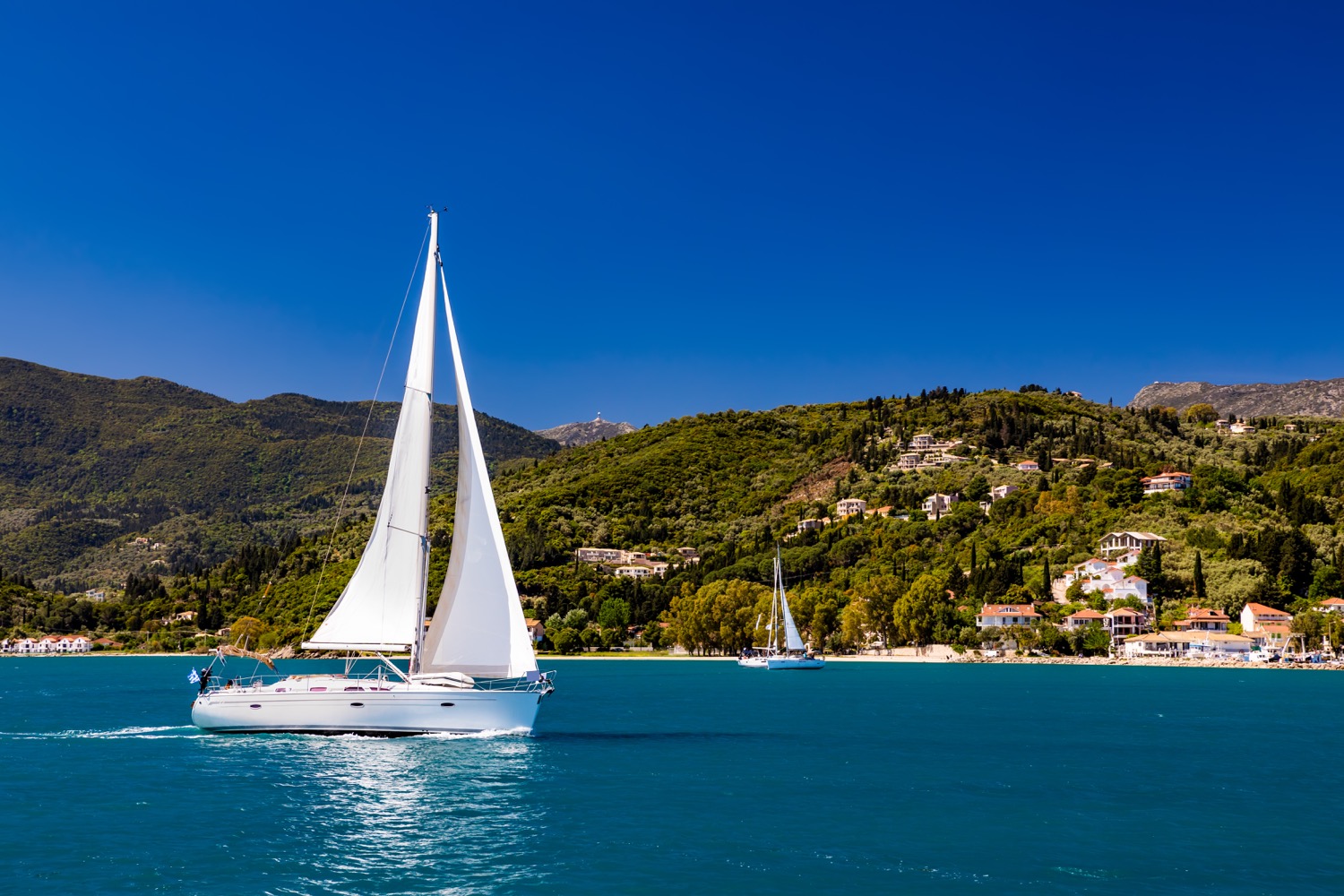
A round-bottomed hull is a type of displacement hull - it lies in the water and has to power through it. But since it's rounded, it creates little resistance and is effortless to move through the water. It's a very smooth ride and typical for any sailboat that sort of glides through the waves. In contrast, powerboats really have to eat their way through the water.
Examples: Canoes, sailboats
They are also one of the least stable. Since the bottom is rounded, your boat or canoe will rock plenty when boarding or moving around. They are also easy to capsize. That's why pro canoers learn to do a 360 in their canoes. I've never did a roll myself but came close enough a couple of times.
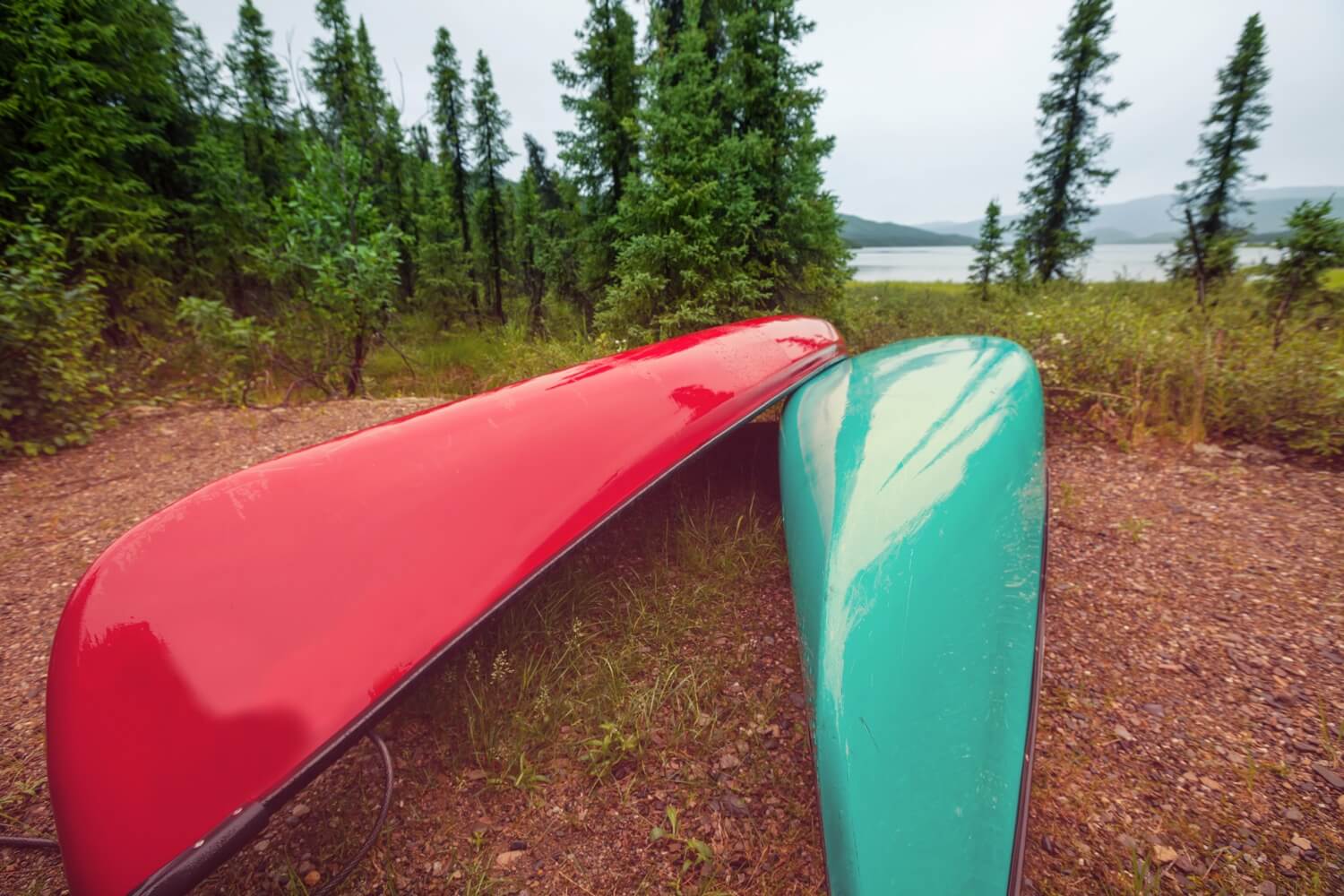
Almost all sailboats use a round bilge as well. This provides it its buoyancy and makes sure it handles well in waves. But since a rounded bilge is easy to capsize, a lot of sailboats have some sort of keel, which stabilizes the roll.
Nearly all ocean-going vessels use some sort of displacement hull, and the round bottom is the most common one. But our next guest is very popular as well.
The catamaran is similar to the pontoon hull (read on to learn more on that one), but it is a displacement multihull instead of a planing one. So it has two hulls, that lie inside the water and displace it. Like the pontoon, you will have to try really hard to capsize this design (and it won't work).
Examples: well, catamaran sailboats. But also this cool catamaran trawler:
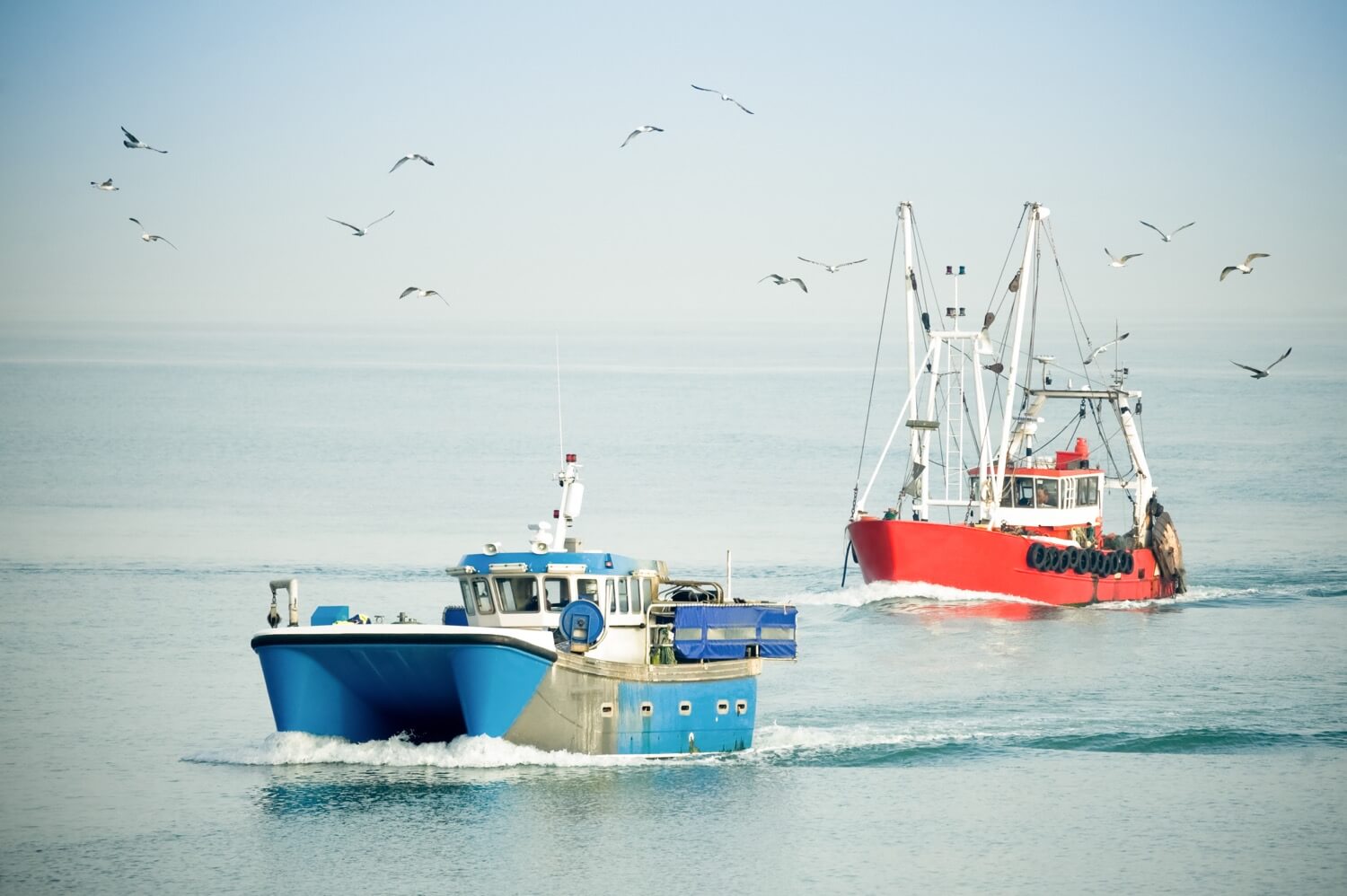
Catamarans are extremely popular ocean cruisers. Their biggest pro is their extreme stability and buoyancy. And they have a very shallow draft for a displacement hull, making them very popular for sailing reefs and shallow waters, like the Caribbean.
Some cons for the catamaran are less agile than monohulls. They have a large turning radius, making them less maneuverable. Also, expect to pay high marina fees with this one.
Speaking of marina fees, our next one can go either way.
I think trimarans are incredibly cool, and especially the second type.
There are two types of trimarans:
- a catamaran with three hulls instead of two,
- or a displacement monohull with two floaters.
The first has the same characteristics as the catamaran: it's a displacement multihull, but now with three hulls:

The second can be a regular displacement monohull, with two pontoon-type floaters that provide extra buoyancy, making the total thing a hybrid between pontoon and displacement:
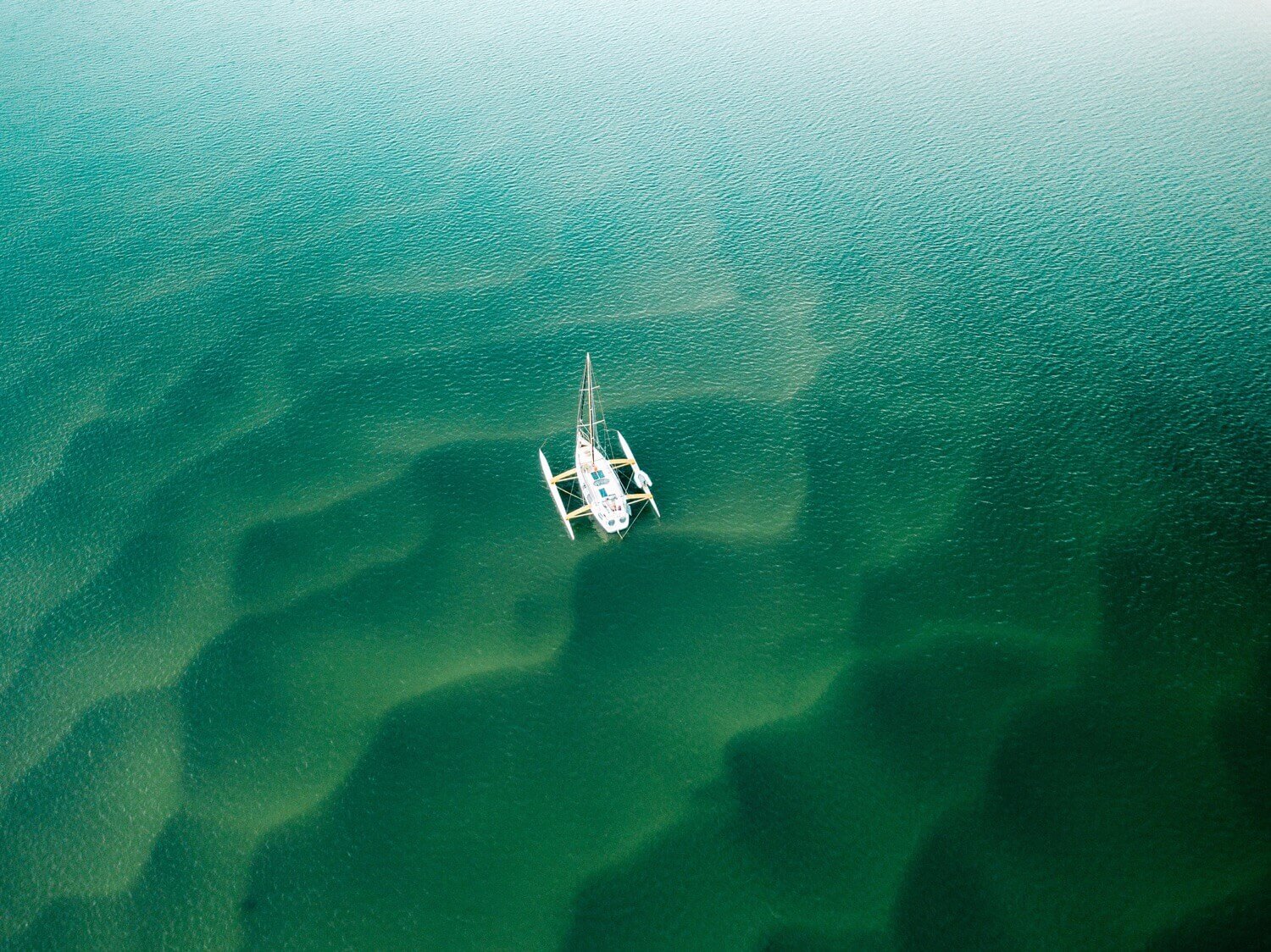
This last one has all the pros of a catamaran in terms of stability, but: you can simply wheel in those floaters whenever you head for port. That saves you a lot of money. And you can trailer her! Imagine that, a towing a trimaran home.
So those were the most common displacement hulls, aka what lives in the water. Let's move on to the planing hulls, aka what lives on the water.
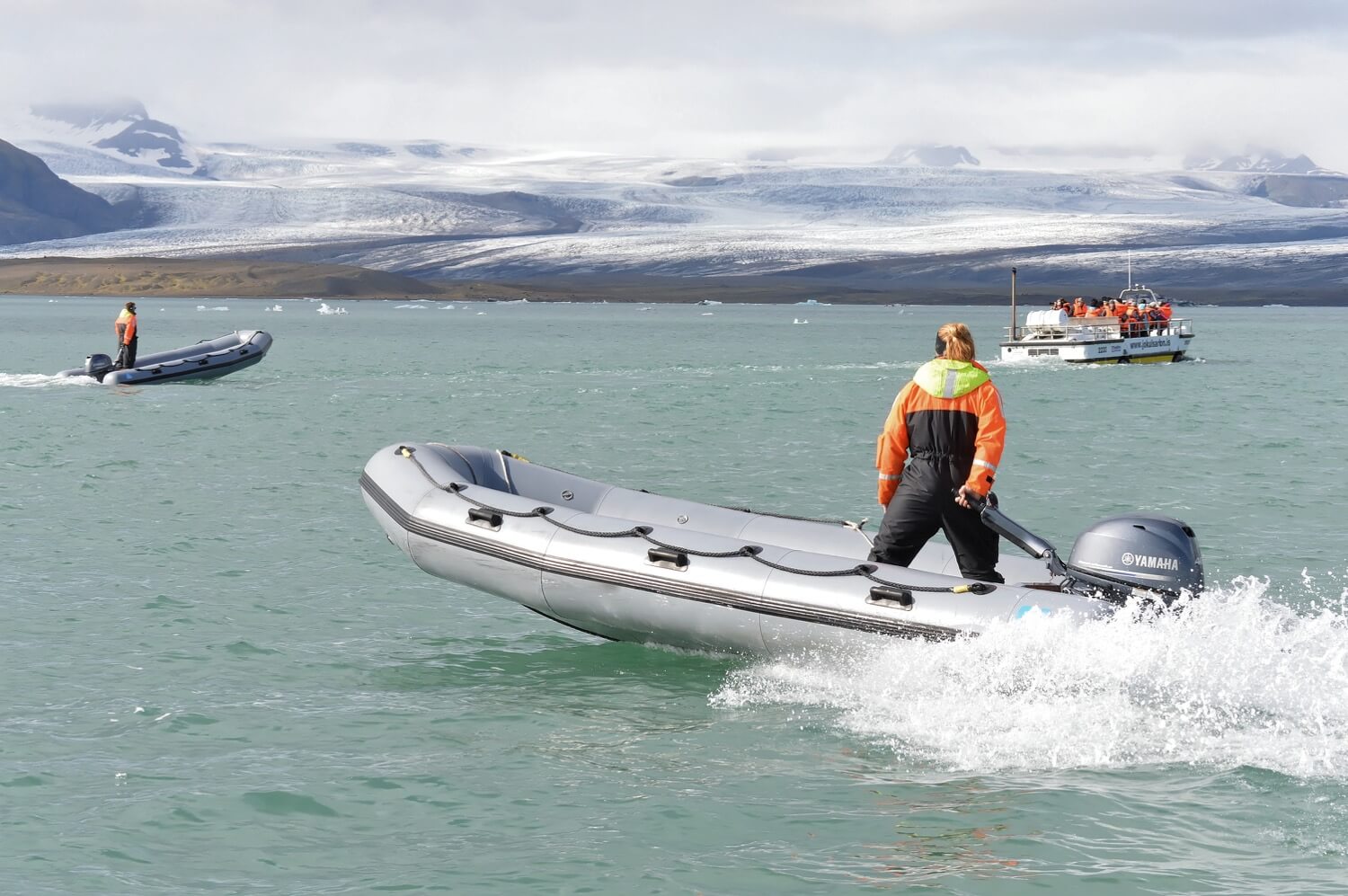
Planing hulls are a hybrid between the flat-bottom and displacement hulls. Planing hulls displace water at low speeds , but create lift at higher speeds . The shape of their hull + speed lifts them out of the water, making them glide on top of the water. Most powerboats look like flat-bottom boats but use a shallow V-shape that helps the boat to handle better at higher speeds.
Examples: Water sports boat, powerboats
The most important thing to understand about planing hulls is that they operate mainly on lift instead of buoyancy. This means the weight of the boat is mainly supported by dynamic forces 1 . With the right amount of power, this design generates lift, which results in less resistance. This is why they are a lot faster than boats with displacement hulls, but also a lot rougher, even with mild chop.
A lot of powerboats use some sort of planing hull. Again, there are many designs and variations on the planing hull, and I'll try to mention as many as I can below.
Because the wedge of the hull runs into the water, it is much easier to handle at high speeds. At lower speeds, it is able to keep its course, even with a bit of wind. However, whenever the boat starts planing, it is prone to wind gusts, since the wedge shape no longer stabilizes the boat.
The flatter the hull, the faster it will go, but also the more poorly it will handle. Other powerboats use deep V-hulls, which I'll discuss below. But first, let's take a look at the flattest hulls you'll ever see.
A flat-bottom hull lies on top of the water and doesn't displace water (okay, very little) as it moves. Since there is no displacement, there is also little to no friction when moving. This makes it potentially fast, but it handles pretty poorly. It is one of the most stable hull design.
Examples: rowboats, (old) high-performance powerboats, small skiffs, small fishing boats, tug boats
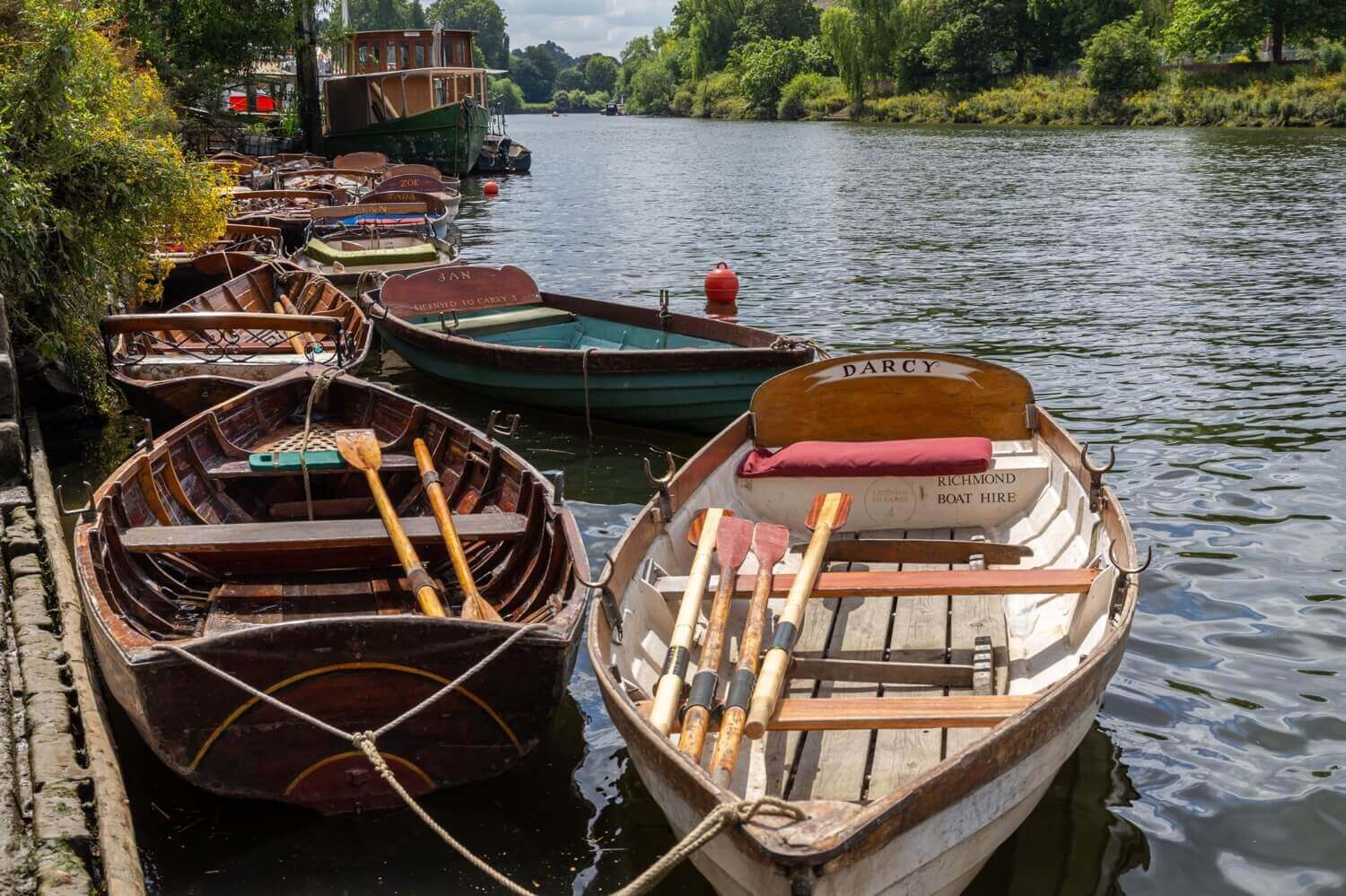
They aren't just incredibly stable, they're also very practical. Because the bottom is practically flat, they maximize boat surface. But they are also extremely choppy in rough weather and waves. They will handle very poorly with stiff winds, as the wind can simply catch them and blow them across the water surface. That's why this design is almost exclusively used for calm, small, inland waters.
This type of hull operates mainly on buoyancy , like the displacement hull, but it doesn't require the same amount of power to propel, which is why it's faster.
Because of the uncomfortable ride, not a lot of boats use a perfectly flat bottom. Most boats nowadays use some sort of v-hull or hybrid design, like a semi-displacement hull; especially larger boats. So not a lot of boats have a real flat bottom. However, we do call a lot of boats flat-bottomed. How come?
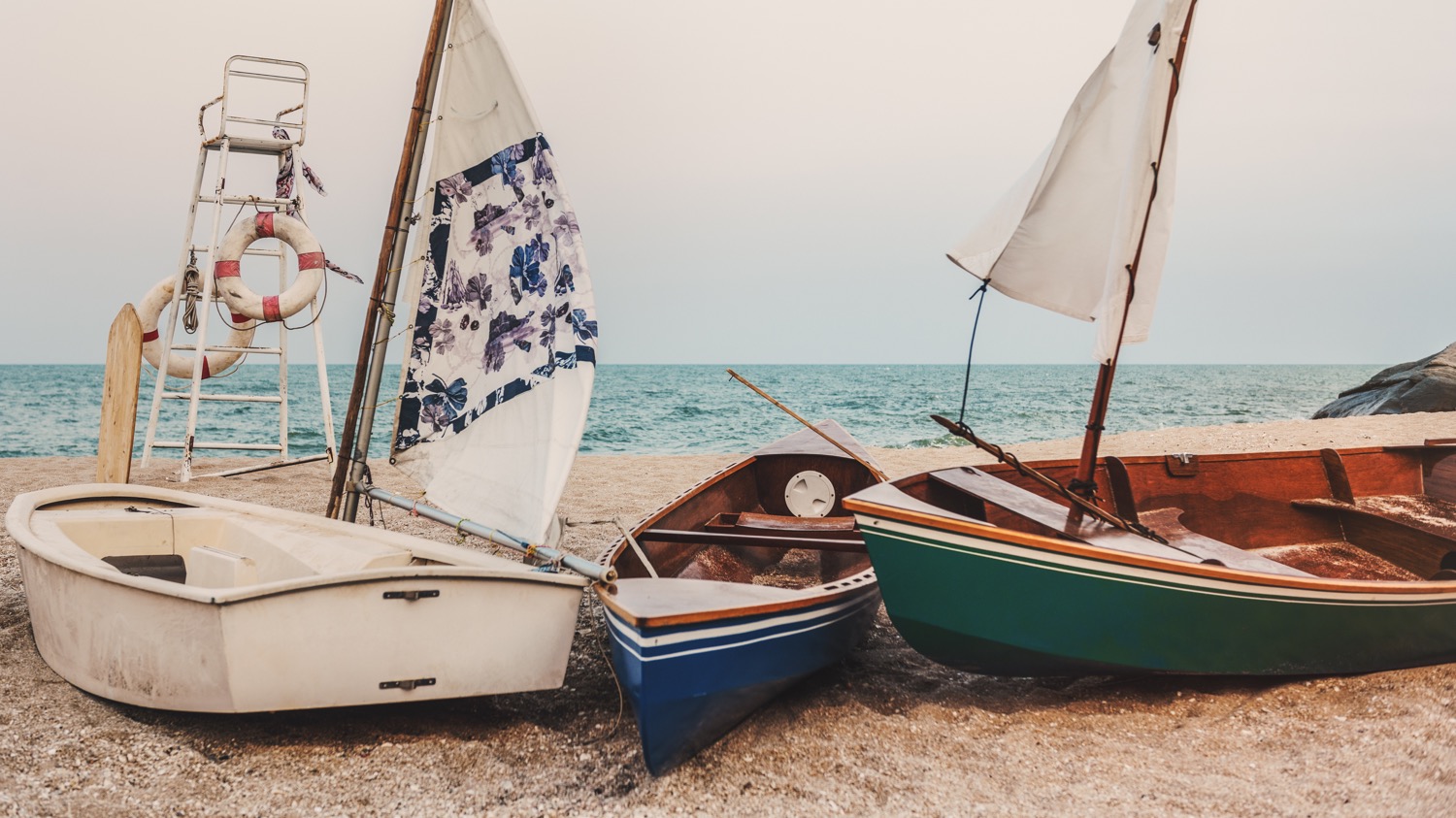
There are two types of hulls we call flat-bottoms:
- Of course boats with an actual flat bottom
- Boats with almost no deadrise
What is the hull's deadrise? The deadrise is the angle of the front of the hull to the horizontal waterline.
As you can see, the green sailing dinghy in the picture above has a deadrise that's barely noticeable.
Let's move on to other variations of the planing hull. One of the most popular hull design for modern-day powerboats is the Deep Vee hull. And that's as cool as it sounds.
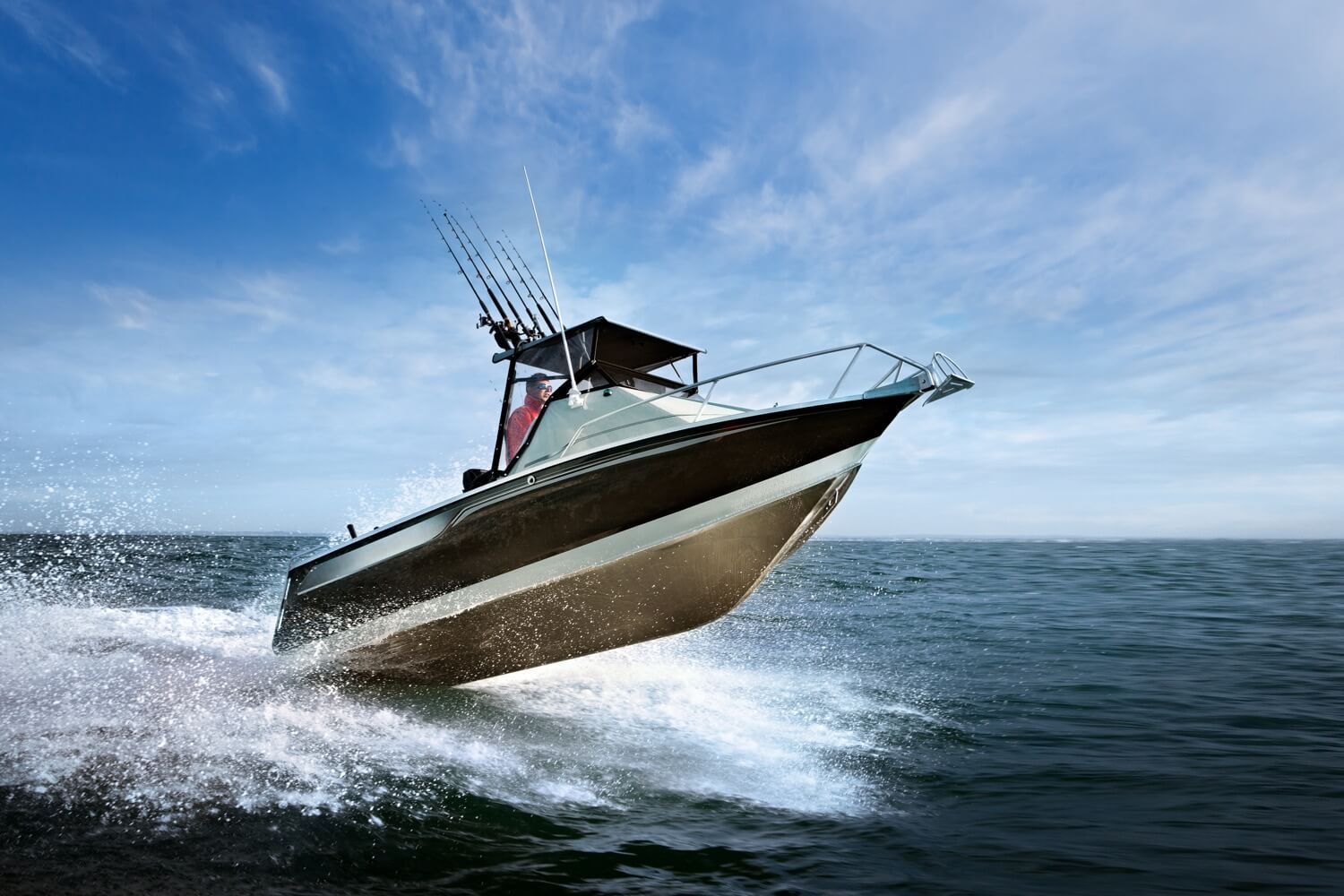
This is a type of planing hull that combines the best of both worlds.
These types of hulls are very popular on modern-day powerboats, and no wonder. With a V-shape that runs from bow to stern, deep into the water, you can handle this boat even in offshore conditions. It handles a lot better than flat-bottomed hulls, while it's at the same time extremely fast.
Examples: Most modern powerboats.
The Deep V-shape acts as a tiny keel of sorts, stabilizing the boat and making it more reliable and maneuverable. The rest of the hull acts as a planing hull, giving the boat its fast edge. Even at high speeds, the Deep V will cut into the water, making it more handleable.
The deep-V design is just one of many variants on the V-hull. Below we'll talk over another, the modified V hull.
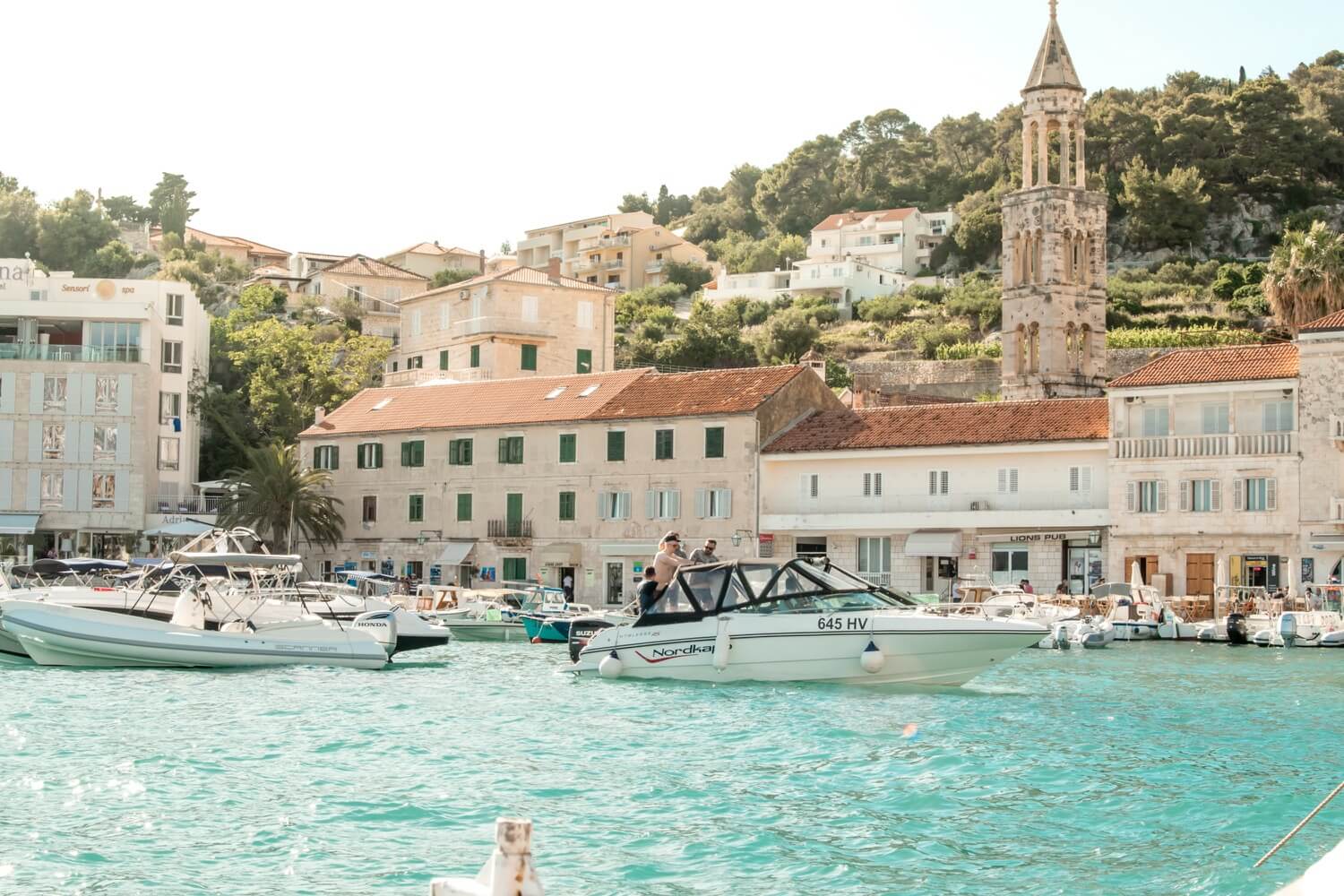
The modified V hull is the ultimate crossover of all planing hull types. It's a mix of the flat-bottom and Deep V hull. It is one of the most popular hull designs for small motorboats. It's flat in the back and then runs into a narrow V-shape to the front. The flat back makes it more stable, and adds a little speed, while the V-shape front ensures good handling.
It is, in short, kind of the compromise-family-sedan of boat hulls. It's the fastest design that's also stable, that's also safe, and that also handles well. But it's not the best in any of those things.
Most powerboats you've seen will have some sort of Vee or Modified-V hull.
Stepped hulls are used on high-performance powerboats. It's a type of planing hull that reduces the hull surface by adding steps, or indents in the hull below the waterline. It looks something like this:
It is said to work extremely well at high speed (60 knots and up) and adds up to 10 knots to your top speed.
On to our next design. There are also planing multihulls, and they might even look like catamarans to you. Meet the pontoon hull.
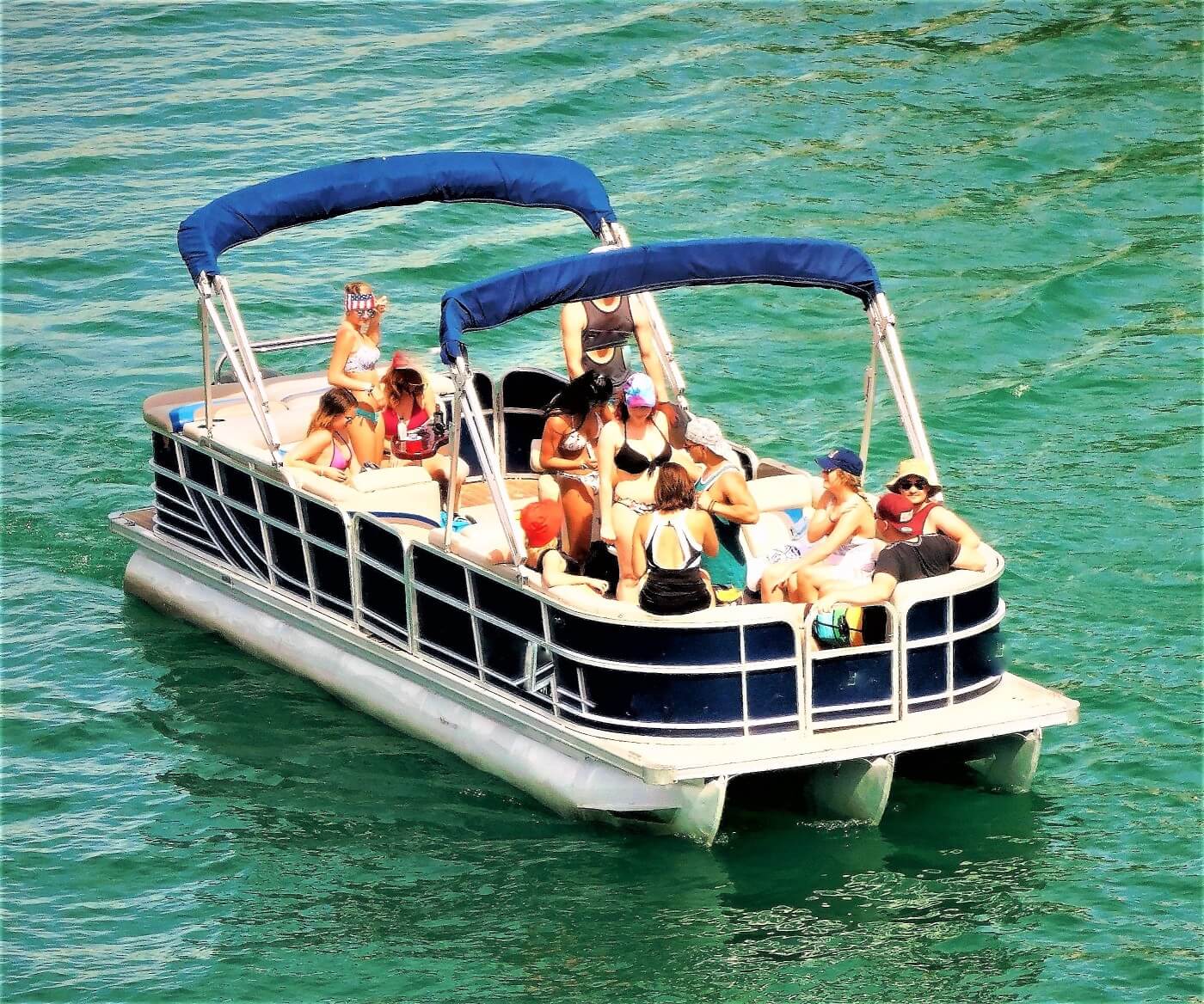
Pontoon hulls float on top of the water using pontoons or floaters that create lift. It's a type of planing multihull that doesn't lie in the water, so it doesn't displace a lot of water. They don't really handle well. As with any multihull, they aren't agile - they're not great at maneuvering. They also have a very large turning radius. But they are extremely stable: there's no chance you'll capsize this.
Examples: Cruisers, modern trawlers, motor yachts, Maine lobster boats
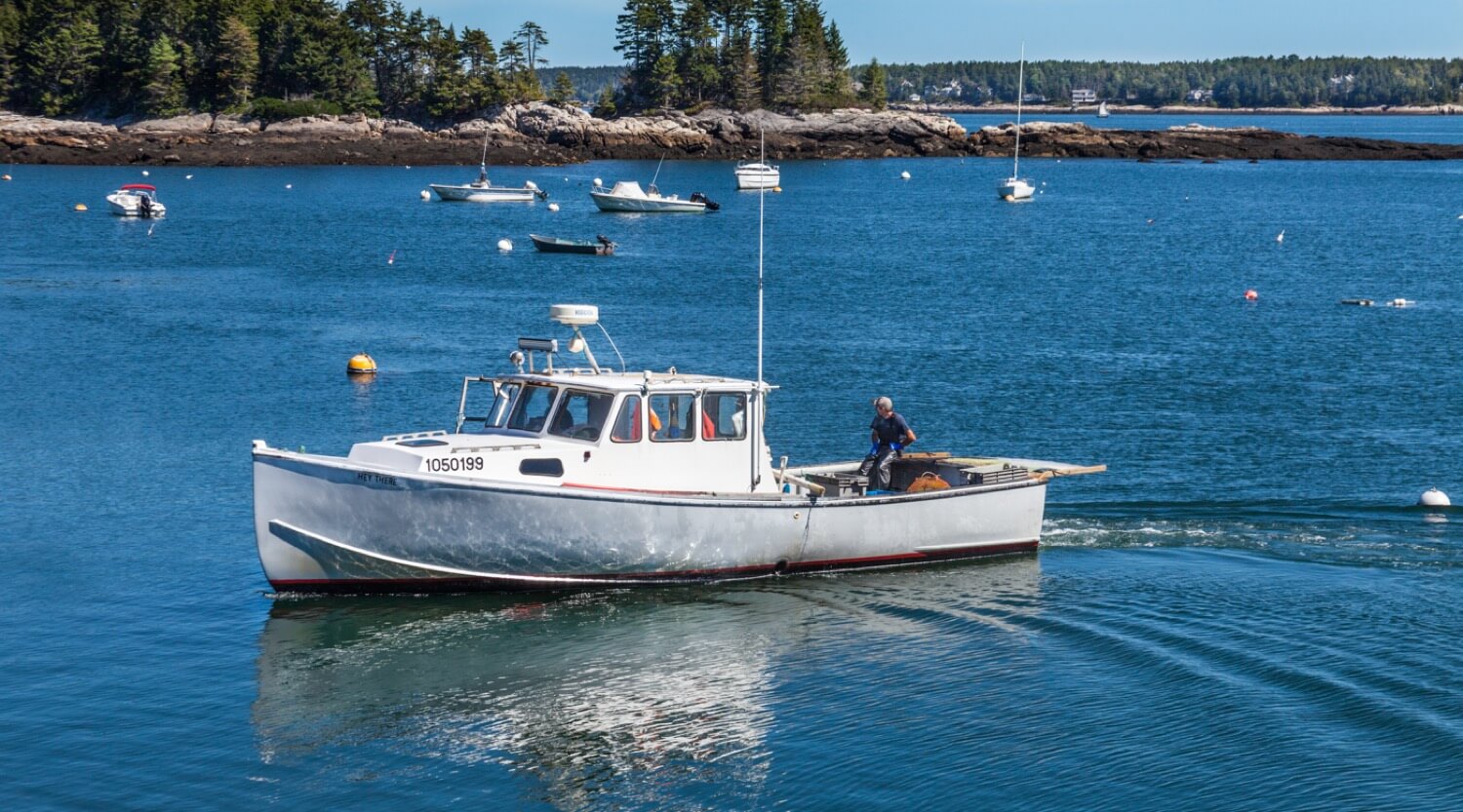
Semi-displacement hulls are smack bang in the center of planning and displacement hulls. They are a bit better for speed than displacement hulls are. They are a bit better for handling rough waters than planing hulls are. This makes them very versatile.
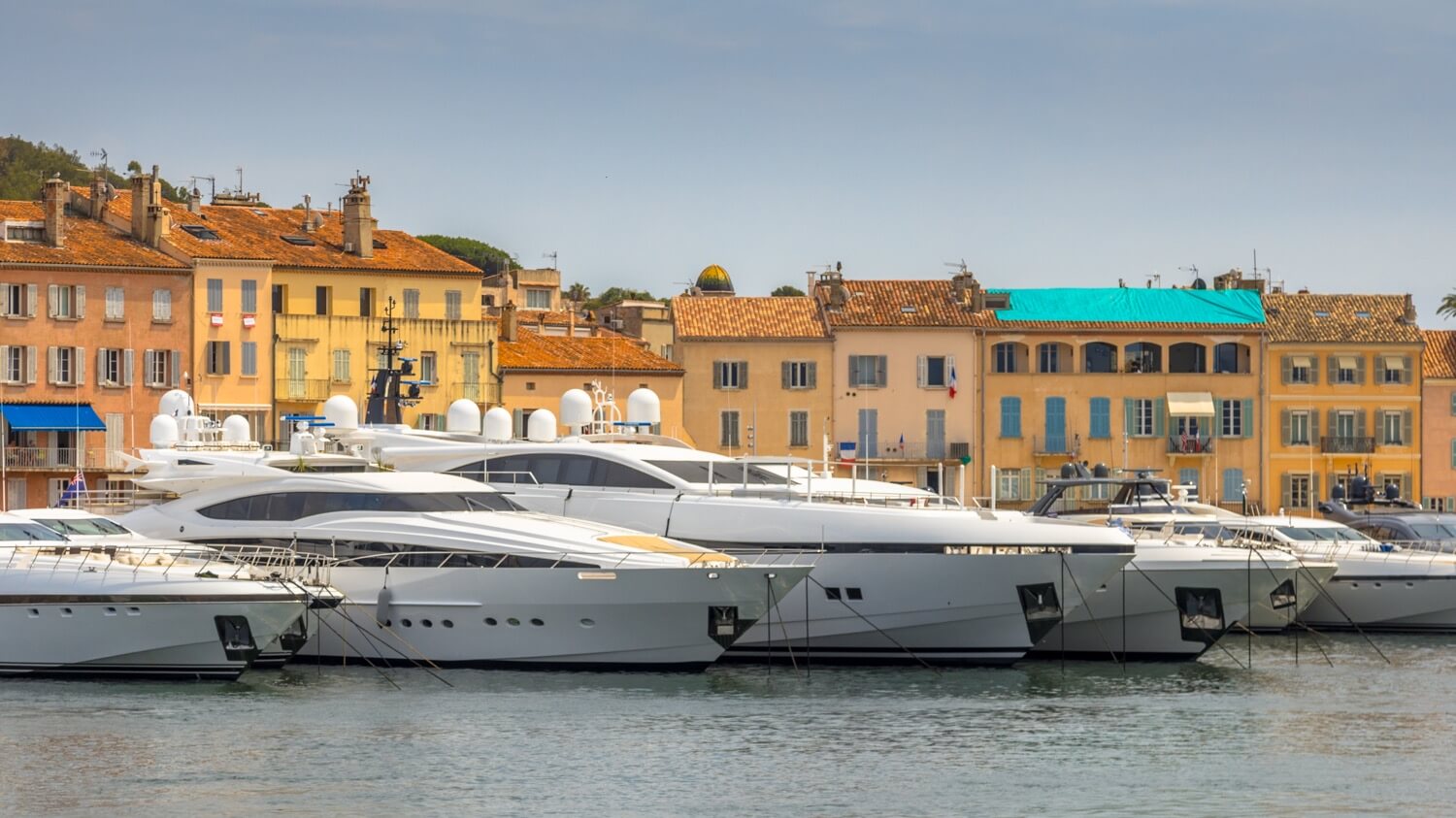
You can see these a bit like being 'half-planing' hulls. These hulls are designed to plane at lower speeds than normal planing hulls - somewhere in the range of 15 - 20 knots, depending on the length of the boat. It also requires less power. When the hull lifts, it reduces drag (water resistance), making it faster and more efficient.
Semi-displacement hulls are perfect for boats that need to be steady and seaworthy but fast at the same time.
For more information about semi-displacement hulls, please check out my in-depth guide to semi-displacement hulls here . It has a diagram and lists all the pros and cons.
So those were my 11 examples, and my step by step explanation of the different types of boat hulls and functions. You now have a solid basic understanding of boat hulls, and can recognize the most common ones. I hope it was helpful, and if you want more good sailing information, be sure to check out my other articles below.
https://www.soundingsonline.com/boats/how-different-hull-types-react-in-rough-water . ↩
I was wondering what your opinion would be on the ship uss Texas as far as hull type and bow type. I think it has a plumb bow and it looks to have a displacement or flat bottom hull. Im doing some research and a better trained eye would be of great help. I used images “bb-35 dry dock” to help see the hull shape. Thank you
Shawn Buckles
Hi Kirk, I don’t know about trained but here we go. I’ve checked the picture, it’s definitely a displacement hull I’d also say it’s a plumb bow.
Hahahahaa imagine liking boats hehehehehe Extremely stable & faster Handles well in rough water Extremely stable & faster Handles well in rough water Extremely stable & faster Handles well in rough water Extremely stable & faster Handles well in rough water Extremely stable & faster Handles well in rough water Extremely stable & faster Handles well in rough water Extremely stable & faster Handles well in rough water Extremely stable & faster Handles well in rough water Extremely stable & faster Handles well in rough water
Leave a comment
You may also like, a complete guide to displacement hulls (illustrated).
The displacement hull is the classic go-to hull design for sailboats and one of the most recognizable ones out there. In this guide, I explain all there is to know …
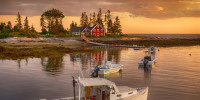
Semi-Displacement Hulls Explained (Illustrated Guide)

The Ultimate Guide to Sail Types and Rigs (with Pictures)
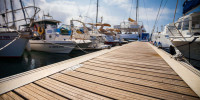
How Much Does it Cost to Dock a Boat for a Year?
Own your first boat within a year on any budget.
A sailboat doesn't have to be expensive if you know what you're doing. If you want to learn how to make your sailing dream reality within a year, leave your email and I'll send you free updates . I don't like spam - I will only send helpful content.
Ready to Own Your First Boat?
Just tell us the best email address to send your tips to:
- 2024 BOAT BUYERS GUIDE
- Email Newsletters
- Boat of the Year
- 2024 Freshwater Boat and Gear Buyers Guide
- 2024 Boat Buyers Guide
- 2024 Water Sports Boat Buyers Guide
- 2023 Pontoon Boat Buyers Guide
- Cruising Boats
- Pontoon Boats
- Fishing Boats
- Personal Watercraft
- Water Sports
- Boat Walkthroughs
- What To Look For
- Best Marine Electronics & Technology
- Watersports Favorites Spring 2022
- Boating Lab
- Boating Safety
How to Choose the Right Hull Shape
- By Chris Caswell
- February 2, 2022
The first word that comes to mind in terms of a boat’s performance is almost always horsepower. But as racetrack punters know, there are “horses for courses.” Some horses run best on a dry track, some in mud. A Clydesdale—that Caterpillar tractor of draft horses—would be as out of place at the Kentucky Derby as a sleek Thoroughbred would be pulling a plow. With that in mind, in the world of boats there’s something major to think about beyond propulsion, and that is hull shape.
Boats possess deep-V hulls, flat-bottomed hulls, and everything in between, and that’s just monohulls. Catamarans open up a whole other dimension. Some boats are perfect for bonefishing the flats in smooth water; others are best skating along in offshore races or heading for the canyons to fish for tuna.
But the one goal of modern boatbuilders has been to create a boat for all reasons, one that’s seaworthy and comfortable in ocean swells, stable in a beam sea at rest and underway, fast in all conditions and, of course, economical.
In attempts to achieve this goal, boatbuilders over the years have engineered and endlessly refined running surfaces. This has included developing hulls that transition in angle and shape both longitudinally and transversely, as well as adding hull structures such as chines, pads, strakes and steps.
To gain a better understanding of such design elements, let’s define each and explain how they affect performance by focusing on one example—the new Sailfish 276 DC, a dual-console boat designed to meet the needs of fishing families.
Deadrise Definition
Certainly, one of the most important terms to understand in monohull design is deadrise. Quite simply, this is the angle of the hull up from the very bottom, measured in degrees. Imagine the boat sitting level on the ground. Deadrise is the angle between the ground and the bottom of the hull, often measured at the transom, which represents the least acute angle of a hull.
A flats boat may have a deadrise at the transom of just a couple of degrees, while a serious offshore deep-V will be in the 24-degree range. On rivers and lakes, you might find boats with little deadrise that are fast with modest power because the bottom is, well, flat. When the afternoon chop comes up, however, they ride rough and wet. (Horses for courses.)
Imagine hitting the water with an ax. That’s a V-bottom. It slices more cleanly into the water. Then imagine hitting the water with a frying pan. That’s a flat or low-deadrise hull. It pounds your wrist. The challenge for designers is to come up with a boat that does it all well. Impossible?
Let’s dive deeper into the esoterica of V-hulls and discuss variable deadrise. Some boatbuilders mislabel variable deadrise as all-purpose, claiming that because the hull shape twists from a sharp entry at the bow to a flatter aft section, their hull provides the wave-slicing ability of a deep-V with the speed, stability and economy of a flatter hull. Some boatbuilders refer to this as “continuously variable vee” hulls, hoping to capitalize on the luster of deep-V hulls.
The correct term for this shape, however, is “warped plane.” Imagine taking a piece of light plywood and twisting it. This is a warped plane. Almost all V-hull boats have variable deadrise as the running surface transitions from very sharp (58-plus degrees) at the bow to whatever the builder chooses at the transom. Some carry the transom deadrise angle fairly far forward and can be said to have “constant deadrise,” even though the deadrise does vary from that point to the bow.
True variable-degree deadrise, on the other hand, changes the angle at various points on a cross section of the hull. Imagine slicing through the hull from side to side like a loaf of bread. If the hull displays a deeper deadrise at the keel than it does at any section—or slice—of hull, then this is variable deadrise. This offers the best of a deep-V for slicing waves, and then morphs into shallower deadrise for stability at rest while also boosting both speed and economy when running in mild conditions.
The Sailfish 276 DC features the variable-deadrise concept, which provides a good balance between speed and stability. During our test, the 276 DC felt solid and predictable, without any surprises whether turning hard or running through our own wake. The combination of hull shape, strakes and reversed chines (more on these later) made the hull stable at rest in chop, even when the crew moved from side to side.
The Sailfish 276 DC also has steps in the running surface. The company calls this design by the name variable-degree stepped hull (VDS).
Steps generally consist of two or three specially designed notches running athwartships across the boat to introduce aerated water under the running surface to lift the hull and reduce drag, thus boosting efficiency and speed. These are found in a wide range of saltwater fishing boats from a variety of builders, including Barker, Contender, Invincible, SeaVee, Yellowfin and others.
Yet Sailfish’s VDS hull differs from other stepped hulls. The VDS hull has carefully staged changes in deadrise of a degree per panel, so each strake marks a different task. These are not “notches” crossing under the hull for aeration; they are fore-and-aft panels for ride comfort. At the lowest panel (from the keel to the first strake), the deadrise is 24 degrees, or the same as many offshore-racing powerboats. Running flat-out, this amount of deadrise keeps pounding to a minimum. The next two panels flatten the deadrise to 22 degrees, providing more lift for speed and economy, as well as more stability at rest. The result is a good compromise between the ability to slice through swells and to run fast (45 mph) on smooth water.
The 276 DC hull is based on design assets of the original SeaCraft boats designed by Carl Moesly (see “Moesly’s Variable Deadrise”), which Sailfish acquired years ago. Since that time, Sailfish has modified the design to reflect modern technology. This includes widening the hull aft to carry the weight of heavier, more powerful outboards, and adding a flat spot known as a pad.
Located on the aft keel and found on many boat models today, a pad is simply a flat surface that tricks the water to achieve the benefits of a flat-bottomed hull: speed (in smooth water), faster acceleration and stability (when at rest and running flat-out). In the case of the 276 DC, the pad is just over 6 feet (73 inches) in length (from the transom) and about 8 inches wide, tapering smoothly into the V forward.
A well-designed keel pad should result in faster planing and better stability. In testing the 276 DC, this was most evident in two areas. First, we came onto plane quickly (3.6 seconds), but without as much bow rise as I expected because of the lift from the pad. Second, when running flat-out, there was a stability more akin to a flat-bottomed hull than to a true deep-V, which can “chine-walk,” or rock from side to side as each hull side fights for traction.
Strakes of Genius
One of the biggest changes to the old SeaCraft lies in the addition of full-length strakes running on the edge of each bottom panel. Where the SeaCraft simply ended one panel as though it was the edge of a plank, the 276 DC hull now has two strakes slightly turned down running fore and aft.
This is certainly not unique to the 276 DC because many models from other boat brands have similar hull structures. And that’s not surprising given that such strakes add immense rigidity to the hull panels, and also provide both lift and cushioning effects as the hull reenters the water in lumpy seas.
Sailfish has painstakingly balanced the size and shape of the strakes to minimize drag while maintaining their cushioning effect. Many builders use a simple triangular strake, but the 276 DC’s strake is slightly reversed, giving it added lift. This was noticeable during our test when we went through several large wakes at high speed. I braced for a crash, but the strakes cushioned the impact, each acting to defuse the collision with the water.
Chine Design
Early deep-V hulls such as the SeaCraft design were noted for their seaworthiness offshore. But these hulls also had a well-earned reputation for being very wet and for excessive rolling at low speeds in beam seas.
That’s because the original SeaCraft hulls had no flat spot where the hull turned upward into the hull sides. This is known as a chine. Today, you can find this shape on many V-hulls.
Sailfish decided to add chines to its hulls on each side. This includes flat sections with outer edges turned slightly down. These are known as reverse chines, and they are designed to accomplish two things. First, they improve stability while low-speed trolling or when a portly crewmember decides to move to one side. Second, they throw spray flat and to the sides rather than allowing it to curl upward and into the boat. That makes for a drier ride.
During my test of the Sailfish 276 DC, I hung far over the side to watch how the water was exiting the hull. Sure enough, that chine turned slightly down did throw the water and spray aside. When we were stopped and rolling slightly in the remains of our wake, it clearly helped stabilize the hull as well. The reverse chines also helped soften the impact of each roll, making for a gentler motion.
So, as a boat buyer, you have two tasks. First, decide on your needs. Flat water? Offshore swells? Family outings in fair weather? Second, examine the hull shape carefully, keeping in mind that proven hull shapes and designs, like variable deadrise, pads, steps, strakes and chines, offer genuine benefits in terms of improved lift, faster hole shot, better efficiency, greater stability and a softer, drier ride.
Ultimately, however, you need give the boat a good test ride to make sure it meets your needs and is suitable for the types of water on which you plan to boat.
Moesly’s Variable Deadrise
The variable-degree deadrise shape was patented by Floridian Carl Moesly in the early 1960s for hulls of his legendary SeaCraft line of center-console boats, the same hull that served as the basis (with major modifications) for the running surface of the Sailfish 276 DC. Moesly’s design featured three separate panels running fore and aft, each changing by about a degree from the initial 24-degree deep-V at the keel. (Imagine a shingled roof upside down.)
Moesly was a tinkerer, a World War II combat pilot, and an avid boatman who believed in testing his ideas under trying conditions. He had built his first boat at 13, and as he formulated SeaCraft, he studied the newly launched Bertram deep-Vs. He knew that the high deadrise of the early Ray Hunt-designed Bertram deep-Vs were low on lateral stability. They were, in a word, rollers. What he wanted was a good rough-water boat for running off Florida in the Gulf Stream in all conditions.
In 1961, Moesly entered a 23-foot wooden SeaCraft prototype in the grueling Miami-to-Nassau powerboat race and, despite a 25-minute delay to sort out carb problems, finished fifth overall. Powered by a pair of 110 hp Mercury outboards, it finished just 25 minutes behind a 1,000 hp competitor.
- More: boat building , Boats , January 2022
Boat Test: 2024 Nuova Jolly Prince 33 CC
Boat test: 2024 starcraft svx 231 ob cc, boat test: 2024 bass cat caracal sts, boat test: 2024 regal 38 surf, i learned about boating from this: capsize, rescue and lessons learned, using hydrofoils to improve boat performance, we test interlux trilux 33 aerosol antifouling paint.
- Digital Edition
- Customer Service
- Privacy Policy
- Cruising World
- Sailing World
- Salt Water Sportsman
- Sport Fishing
- Wakeboarding
Many products featured on this site were editorially chosen. Boating may receive financial compensation for products purchased through this site.
Copyright © 2024 Boating Firecrown . All rights reserved. Reproduction in whole or in part without permission is prohibited.

- Hunt Yachts
- Hunt Design
- Hunt Marine Services
- Select a Model
- Marine Services/Storage
- About Hunt Yachts
- News/Events
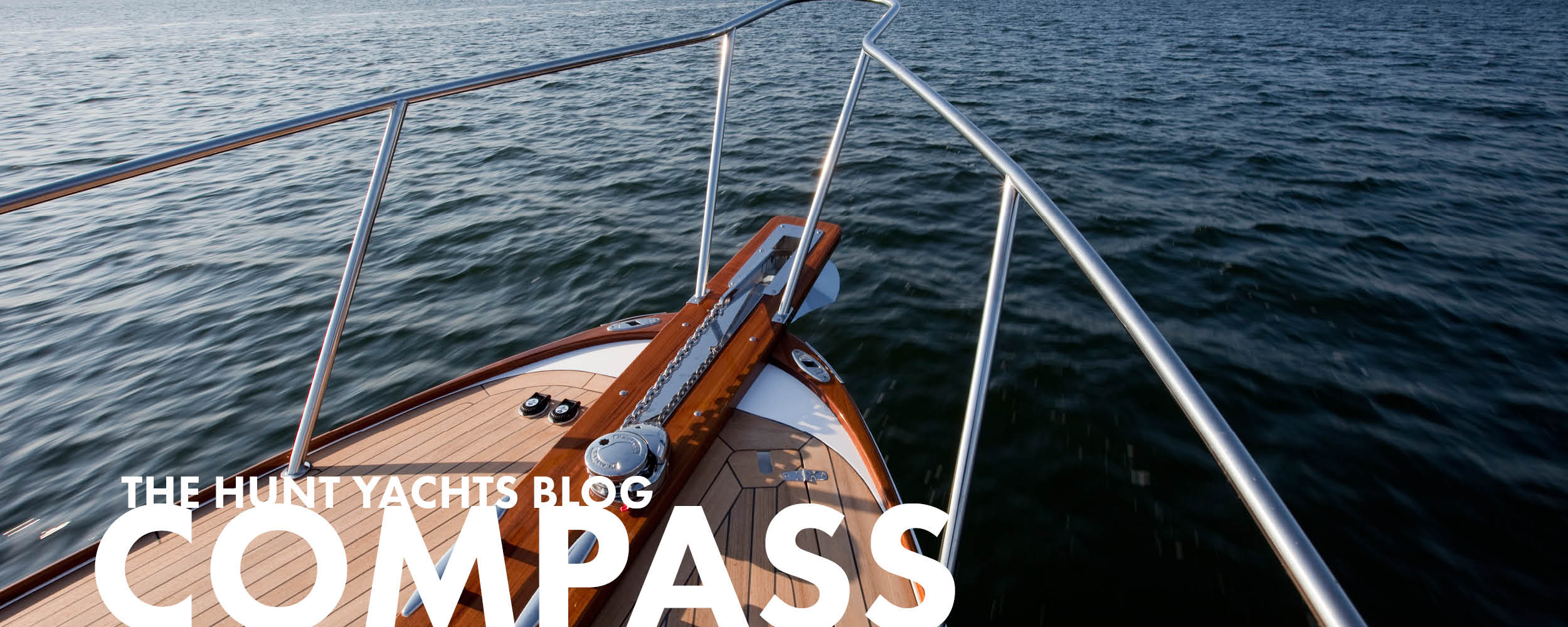
MYTHBUSTERS. . . The Real Truths About the Deep-V Hull
Posted on Sat, Mar 23, 2013
TRUTH: Today’s deep-vs do not roll any more than flatter bottoms of the same beam.
Truth: there is not much difference in speed between well designed planing hull shapes., truth: not all deep-v's are the same., truth: less deadrise is not necessarily better at slower speeds., subscribe via e-mail, latest blog articles, browse by tag.
- Hunt Yachts (7)
- yachts for sale (7)
- luxury yachts (5)
- Hunt 80 (4)
- Motor Yachts (4)
- boats for sale (4)
- mega yachts (4)
- power boats (4)
- powerboats (4)
- boat builder (3)
- boat builders (3)
- boat companies (3)
- boat makers fl (3)
- boat manufacturers (3)
- boats 4 sale (3)
- center console boat (3)
- center console boats (3)
- cruising yachts (3)
- performance boats (3)
- performance boats ri (3)
- power boats for sale (3)
- yacht sales (3)
- yachts md (3)
- 80-foot power yacht (2)
- HISTORY (2)
- Harrier 25 (2)
- Rhode Island (2)
- american boat brokers (2)
- annapolis md yachts (2)
- annapolis yacht sales (2)
© 2014 Hunt Yachts
Portsmouth, Rhode Island 401-324-4201
Annapolis, Maryland 410-725-1641
- Saved items
Cat Can Do has shown the power and racing edge sported by catamarans.
photo by Al Griffin
- Copy article link
Dennis Parvey hit that in his 43’ GT Black Thunder V-Hull, taking the Top Gun Non-Professional V category in the 2015 Shootout. Parvey has never seen how fast his Black Thunder can go. His reason: “Going 150 mph in a V-Hull is not very relaxing.”
Parvey said, “There is more room under the deck, a V-Hull is easier to insure, and they are easier to trailer.”
photo by Justin Pfeifer/LakeExpo.com
Gone Again races at the 2015 Shootout, proving the power even smaller catamarans can boast.
photo by Justin Pfeifer
“If it isn’t a Cat… then it’s a dog.” Is the saying loved by cat-fans true?
photo by Thomas Maier
One huge advantage V-Hulls have over cats is their stability in rough conditions. “V-bottoms are known for cutting through rough waves caused by big wind,” racer Myrick Coil explained.
Which Is Best: V-Hull Or Catamaran? Shootout Racers Weigh In On The Ultimate Boaters' Debate
- by Janet Dabbs
- Aug 15, 2016
- Aug 15, 2016 Updated Aug 18, 2022
The great thing about the Shootout is all the variety: from pontoons to catamarans, PWCs to V-Hulls, everybody comes with a “run what you brung” attitude and they leave it all on the water. But when it comes to the debate about the best and the fastest, two types divide powerboaters: catamarans and V-Hulls.
Some people just can’t help themselves: they’re Cat lovers. And for good cause: Cats have risen to the top, in the world of high performance boat racing. As a matter of fact, the 2015 LOTO Shootout Top Gun American Ethanol was a 51’ Mystic Cat driven by Myrick Coil and John Cosker.
Another Cat, perhaps the fastest Cat in the world, holds the all-time top LOTO Shootout speed record. In 2014, the 50-foot Mystic Powerboats catamaran Al Adaa’am 96 driven by owner/driver Sheikh Hassan bin Jabor Al-Thani of Qatar and British throttleman Steve Curtis set down a jaw-dropping 244 mph run that awed fans up and down the Shootout race course.
And—sorry V-Hull fans, we’ll get to you—the LOTO Shootout top speed record before the Sheikh’s was held by a Cat. Bill Tomlinson and Ken Kehoe set the former record of 224 mph in “My Way,” a 50 ft. Mystic Powerboats Cat in 2013. The top three fastest LOTO Shootout boats have all been Cats. Other fast and famous Cats include Recycler 3 , Performance Boat Center , Bacardi Silver , Bud Light , Gone Again , 2nd Amendment , and Budweiser .
But is a Cat better than a V-Hull? It depends on who you are talking to and what they want out of a boat.
Cat lovers have a saying, “If it isn’t a Cat… then it’s a dog.” Cats are built with serious go-fast hardware and can go 40 to 50 mph faster with the same set up as a V-Hull. They are also said to be more stable at high speeds. Cat lovers contend the boat is built lighter, with two parallel hulls of equal size and a wide stabilizing beam. That makes for less hydrodynamic resistance than a V-Hull, meaning less propulsion power is required.
V-Hulls, on the other hand, are shaped… well, like a V… the pointy end is the bow and the open end is the stern. But there are two different types of V-Hulls: stepped and conventional. Stepped V-Hulls are faster and feature a running surface with up to five different plane surfaces, or steps, made by breaks that run across the bottom. As the boat picks up speed it rides farther and farther on the back planes, thus reducing drag and increasing power and speed. Conventional hulls have no running surface elevation changes.
Cat lovers prefer their dual-hulls because the tunnel in between them packs air, which reduces the boat’s weight in the water. Lighter = faster. As a Cat picks up speed, it becomes more efficient because the boat is essentially lifted out of the water and rides on a pillow of air, making it less hydrodynamic and more aerodynamic. The boat is still riding on water, but very little water. Is that safe? “Any time you go fast, safety is questionable, but you have a lot of control in a Cat and you can always slow down,” World Champion Power Boat Racer Myrick Coil said. “I feel like I have a lot of control in a Cat because I am dealing with aerodynamics and not hydrodynamics.”
“The Sterling Performance Turbo did 195 mph at a LOTO Shootout and it is one of the hardest pulling boats I have ever driven,” Coil remembered.
But Coil also commends the V-Hull because it has more usable area, so there can be a below-deck cabin. Most Cats don’t have that much space: a 40 ft. Cat can hold five people whereas a 40 ft. V-Hull center console can hold upwards of 18 people.
But praise for V-Hulls need not be relegated to the realm of utility. There are some well known V-Hulls that can flat-out soar. Famous ones include Performance Boat Center’s 52 ft. Outerlimits, Cigarette’s 42X, The Nth Degree , BioKleen and Roger Neighbor’s 42’ Poker Run Fountain.
One huge advantage V-Hulls have over cats is their stability in rough conditions. “V-bottoms are known for cutting through rough waves caused by big wind,” Coil explained. “Wind does not affect a V-bottom as severely as a Cat because the Cat is up on top of the water and a V-Hull can dissipate the water better. Instead of hitting it hard, it cuts through the water.” Though maybe not a dealbreaker, another advantage of V-Hulls is their comparative ease of transport. Cats are high maintenance when traveling. Their owners have to get a permit to legally haul it, and the boats will only fit on a tilt trailer.
In both categories, three main manufacturers are neck-and-neck in vying for the hearts (and dollars) of powerboaters, as well as the first-place prize in races. For Cats, it’s MTI, Douglas Marine Skater and Mystic Powerboats. For V-Hulls, it comes down to Cigarette, Outerlimits and Fountain. Mike Janssen’s Snowy Mountain Brewery, a 29’ Outerlimits V-Hull, won the 2015 Shootout Top Gun Bravo V class with driver Maddie Janssen hitting 104 mph. “A V-Hull has a much smoother ride and they navigate through the water better than a Cat,” Mike Janssen said. “It’s the same as comparing driving a car to driving a motorcycle.”
“If you want to go really fast, a Cat is better,” racer John Tomlinson once said. But a V-Hull that does 145 mph is not exactly slow: Dennis Parvey hit that in his 43’ GT Black Thunder V-Hull, taking the Top Gun Non-Professional V category in the 2015 Shootout. Parvey has never seen how fast his Black Thunder can go. His reason: “Going 150 mph in a V-Hull is not very relaxing.”
Comparing the two boat types, Parvey said, “There is more room under the deck, a V-Hull is easier to insure, and they are easier to trailer.” He can also shower and sleep four comfortably on his boat. But, he added, “For everything else, a Cat is better.”
And the debate rages on.
Editor's Picks
- Dennis Parvey

- Download for iOS
- Download for Android
Post a comment as anonymous
- [whistling]
- [tongue_smile]
- [thumbdown]
- [happybirthday]
Your comment has been submitted.
There was a problem reporting this.
Watch this discussion. Stop watching this discussion.
(0) comments, welcome to the discussion..
Keep it Clean. Please avoid obscene, vulgar, lewd, racist or sexually-oriented language. PLEASE TURN OFF YOUR CAPS LOCK. Don't Threaten. Threats of harming another person will not be tolerated. Be Truthful. Don't knowingly lie about anyone or anything. Be Nice. No racism, sexism or any sort of -ism that is degrading to another person. Be Proactive. Use the 'Report' link on each comment to let us know of abusive posts. Share with Us. We'd love to hear eyewitness accounts, the history behind an article.
Business Marketplace
Sunset tire and service, surdyke yamaha, big thunder marine, kradle to krayon daycare, a b pest control & insulation, lake premier cleaning & care, find a local business.

production Strider 24

plywood Romany 34

lightweight 14ft Zeta mainhull

Strike 15 trimaran at speed

28ft Skoota in British Columbia

10ft 2 sheet ply Duo dinghy

24ft Strider sailing fast

36ft Mirage open deck catamaran
- All Our Designs
- For new visitors
- About Richard Woods
- Useful Articles
- Testimonials
- Plan Updates
- Links to Owners and Suppliers
- Consultancy Service
- Boats for Sale
- Blog and Facebook Posts
- Our Cruising Blog (updated Jan 26th 2020)
- Download Eclipse logbook (300 page pdf)
- Download Newsletters 1992-2002 (pdf)
- Download Year Reviews 2002-14 (pdf)
- Download FAQs (pdf)
- Download Boat Tests (pdf)
Hull Resistance and Hull Shape Comparisons
Introduction
As I've said elsewhere, I only like to design boats that are fun to sail. I also know from personal experience just how much effort is involved in building even the smallest boat. I've found that it is the psychological effort that's particularly hard, especially if you are a home builder building alone in your spare time. I also know that there are other people, like myself, who's keeness to build is not matched by manual dexterity.
So I try to design boats that are straightforward to build. In simple terms, if I can build it then anyone can! To do this I try to keep to simple shapes and use flat panels where ever possible. Flat decks in particular have many advantages. For a start they are easier to walk on, while coming alongside and boarding from a marina pontoon or dinghy is a lot safer. Flat panel hulls may not offer ultimate speed, but to be honest, few cruising sailors need the fastest boat while I've found that most people don't have either the skill or daring to sail a racing boat to its full potential.
You have to remember that a cruising boat, especially, isn't just for sailing. It has to be a practical floating cottage as well. And the design of that often over rules otherwise desirable sailing features. And also remember that boats have to be usable in harbours and marinas. It's not like the "good old days" when Slocum and even the Pardey's first went to sea - with no engines and few marinas or even cruisers. So all cruising boats MUST maneuver reliably under power and be easy to board from both the dock and from a dinghy.
That is one reason why I don't now like canoe sterns. They make boarding so much harder than a boat with transom steps (the acid test I always use - "could my mother get on board?"). Safe maneuvering in a small harbour is another reason I like small boats. I also find a trimaran much harder to handle than a catamaran when coming alongside, as it is so difficult to reach the outrigger bows to fend off, especially when compared to the big wide decks of a catamaran. Successful designs are ones that work in every situation, not just those that sail or motor fast in a straight line.
I always try to visulise what a particular design would be like when sailing to windward at 2am in the rain. Or when reefing. Or of course when drifting downwind on a very hot humid day.
I tend to own a fleet of multihulls. Sometimes I just go for a day sail, sometimes I race for the weekend, and most years I spend a long time living on board (I spent every Christmas living on board a boat from 2001 - 2009). All this experience means that I have personally faced nearly every situation you can meet when sailing and I use that experience in my designs.
Hull Shapes and Performance
In this article I will talk solely about hull shapes in relation to performance. Comfort, seakindliness and load carrying are also major factors affecting hull shapes and will be discussed in more detail in future articles.
People try to simplify hull design and performance predictions, formulae like the Bruce Number and KSP spring to mind. These coefficients rely only on basic sail area, displacement and length dimensions yet purport to give an accurate indicator of performance. It's easy to show that these formulae cannot be relied on if you consider that a Tornado would have the same rating whether it was sailing forwards or backwards! I suspect the latter is slower! Its probably as accurate as predicting car speed from the kerbside weight and engine horsepower. In fact hull design is a hugely complex subject while different sailing conditions require different solutions. For example, inshore boats can have a flatter rocker while offshore cruisers should be more veed forward to prevent pounding when sailing to windward in waves.
Some factors affecting yacht design are based on scientific principles and are unalterable, so always apply, whatever ones basic design philosophy and regardless of cross section shape (ie whether one uses a Deep V or round bilge hull for example). Everything else is just styling or dressing up the same proven concepts in a slightly different way. As with all moving objects, speed is the result of the combination of resistance to movement (drag) and available power. In sailing boats the power is related to the sail area while in simple terms drag comes in two forms - friction drag and wave making drag.
Frictional drag is primarily dependent on the Wetted Surface Area (WSA). Less is always better than more and WSA is the biggest factor affecting lightwind speed. The minimum WSA for a given displacement (or boat weight) is the hemisphere (eg half an orange). A longer, thinner hull has proportionately more WSA and so in light winds suffers from more drag and thus is slower but conversely is significantly faster as the wind gets up. In fact this is one reason why monohulls - which are much more orange like, do well in light winds. Spray also adds to wetted surface, one reason why powerboats have spray rails. Lots of spray makes a boat look as though it is sailing fast, but it is actually very inefficient. As an example, because of their heel and deeply immersed lee outrigger, trimarans make a lot more spray than catamarans. But we usually find that they are actually slower, particularly reaching, than an upright, low spray producing catamaran. Round bilge hulls have the lowest WSA and deep V hulls the most.
Many people think that, because multihulls have relatively thin hulls, wave making drag is non-existent, but in fact, nothing could be further from the truth. The size of waves that a hull makes depends on several factors. The Slenderness Ratio (SLR) or Displacement Length Ratio (DLR) is a measure of the fineness of a hull and is the technically correct coefficient that naval architects use. However, it is easier to visualise the hull waterline length/hull WL Beam ratio (LWL/BWL), so that is more commonly used. That's acceptable, as for a given cross-section shape, the SLR is directly related to LWL/BWL. Higher ratios result in smaller waves. Typically the LWL/BWL ratio will vary from 10:1 for a good cruising boat to 16:1 for a racing boat. (Team Philips has a LWL/BWL ratio of 35:1!) Finer hulls are more efficient at high speeds, but as we've just seen suffer from more WSA and so for normal cruising catamarans in average conditions a ratio of 11:1 - 13:1 seems optimum.
The Prismatic Coefficient (Cp) is a measure of the fullness of the ends of a boat, the higher the number the fatter the ends and - surprisingly - the more efficient at high speeds. Intuitively you'd think that a diamond shape would cut through the water best, but that's not actually the case. A high Cp also has the advantage of reducing pitching. But to complicate matters, the lower the SLR the lower the Cp can be. Typically a monohull has a figure around .56, while a properly designed multihull will be about .63. Although such a shape is slower than a lower Cp in light winds that is not a problem as one then has the sail carrying power to add extra sail to compensate. It is when sailing fast in strong winds that you need an efficient hull because you then don't have the stability to carry more sail. As an example a 30' boat with a Cp of .63 will be 1/2 knot faster than one with a Cp of .55 when sailing in 25 knot winds for EXACTLY the same sail area (and crew effort etc). Boats with a low Cp try to race faster by keeping too much sail up and it was these types that often used to capsize 25 years ago. Add in the fact that the high Cp boat won't pitch as much and its clear which is going to be the better boat.
In simple terms the Half Angle of Entry is the angle that the waterlines make to the hull CL at the bow. If it is too low then the boat is wet to sail, and, in extremis, if it is hollow there is a pressure build up further aft which slows the boat. If too fat it is also wet to sail as the bow wave goes vertically up the sides of the boat. All sailors, no matter how skillful, sail slower if they can't see where they are going because they are being blinded by spray! In both cases the correct Cp has to be maintained. So a 10 degree angle seems a good compromise. Vertical bows look fast but its actually very difficult to draw a vertical bow on a hull with both the correct Cp and one that has good reserve buoyancy. Read my articles about the Cape to Rio race to discover what I learnt first hand about the perils of vertical bows!
When I was a design student I took the opportunity to do some tank testing on catamaran models and I investigated the drag from the wave interference between the hulls. I found that this interference caused significant drag at certain speeds - in fact up to 20% when compared to hulls at an infinite spacing. So it's vital to reduce this interference as much as possible. The simplest way is to have a hull spacing wide enough so that the bow waves meet at the stern rather than under the boat. This has the added bonus that there is significantly less bridge deck slamming. In the past designers said that the optimum L/B ratio was 2:1. (In fact they were talking about overall length and beam when obviously it is waterline length and beam that are the crucial measurements.) The reasons given for this ratio were the theories that wider boats would break up and be hard to tack. In practice I've heard that limiting beam had more to do with the width of the boatyard doors! Our Strider Turbo has a LWL of 6.6m and a hull centreline spacing of 4.2m yet I've always thought it was a better sailing boat than the standard Strider. So the general trend is to go as wide as one can. But structural strength is still a problem, even with modern techniques and materials. Wide boats are heavier than narrow ones and that ultimately limits the LWL/BWL ratio to about 2:1 on cruising boats with full bridgedeck cabins.
Turning now to the hull above the waterline, vertical topsides reduce space inside dramatically and in addition are not good news when sailing offshore. As a boat moves in waves so it heaves up and down, causing discomfort and slowing the boat. Flared topsides help counteract this heaving because as the boat sinks the buoyancy picks up more quickly than with vertical topsides. The result is a smoother ride and as a bonus, better load carrying ability for, by the same token, the hull sinks slower so there is less increase in WSA and wavemaking as the boat is loaded. Clearly, freeboard adds to windage and slows the boat. Traditionally yachts had low freeboard because they were large (J Class etc) so people could fit in the accommodation easily regardless of freeboard and it's easy to make a low freeboard yacht look elegant. More importantly, it was hard to make a conventionally caulked and planked boat strong and watertight if it had too many planks (ie too much freeboard). As boats got smaller and as grp took over freeboards had to, and could, increase. Adding a few centimetres (inches) of freeboard adds enormously to interior space and at the same time results in a boat that is drier and more comfortable to sail. Fortunately, in practice I have never found that high freeboard slows the boat down appreciably and certainly not by enough to worry any except the most ardent racer.
Load carrying considerations are an important factor for cruising boats. In general it's natural for people to add weight aft because it is easier to load stores near the companionway than forward. Engines and their associated tanks, generators, a/c units etc are also always aft. So I always try to add extra buoyancy near the stern. That means that when empty the boat will probably float stern up. Too many poorly designed multihulls float stern down and drag their transoms.
Pros and Cons of popular hull shapes
The deep V is a simple to build hull shape that matches the human body as it is narrow low down and wider high up so it is a good choice if the accommodation is only in the hulls. It can make to windward without keels or boards - just - but it's more maneuverable and makes less leeway with them fitted. Deep V hulls pitch more than any other hull shape, particularly if they have canoe sterns. Hull asymmetry is needed to reduce pitching, a canoe stern is obviously as pointed as the bow so it's bound to pitch more. They have more WSA than any other hull shape so are slow in light winds.
The flat bottom hull is also easy to build and has the added advantage that it is self supporting during building and transport. It needs Veeing forward for offshore sailing or it will pound. Then it becomes a hard chine/single chine hull. Carefully drawn such a shape is a close approximation to a round bilge hull, but without any complicated building.
The round bilge hull is the only hull shape that can be varied over it's length so one get exactly the shape one wants. It has minimum WSA, and so is also the optimum hull shape but it is the slowest to build. A topsides knuckle helps deflect spray, adds interior volume and makes it easy to join flat topsides to the curved bottom. It also makes a nice styling line.
From the start of my design career I have always tried to design balanced, undistorted hulls that sail easily on all points but are not too extreme. However, I have made a few changes to my hull shapes over the years. First I have increased freeboard (in common with most designers, monohull and multihull). I have also increased the centreline spacing and where appropriate, drawn a bigger knuckle. I haven't designed any deep V boats for a long time because of the pitching and light wind speed problems. I have found the flat bottomed or single chine hulls are as simple to build and are more efficient hull shapes.
Finally, I am one of the few designers who use all feasible hull shapes and so can choose the most appropriate one for the intended use. I'm not committed by dogma to any one hull design. The performance differences between different hulls are easy to see, however I have not noticed any practical difference in seaworthiness between them.
The following sketches are typical hull cross sections. Please note, these are not to scale and are not real boats, instead they are just examples of the different hullshapes we use in our designs. (For those not familiar with lines plans: Only half sections are shown. The forward half of the boat is shown to the right, the aft half is to the left of the vertical centreline.)
This is the "Dory" hull used on the Janus and Gypsy as well as the Strike trimaran mainhulls. Note that the Janus does not have a V'eed area forward (as shown) as the bottom is narrow enough to prevent slamming on such a small boat.
This chined hull is used on Flica, Mirage and Romany and is a close approximation to a round bilge hull, but built in flat panels
This is a deep V hull used on Surfsong, Windsong and Mira (deep V version)
This is the chined V hull used on Meander, Rhea and Ondina. If these larger boats had a conventional V hull then either the gunwale or keel panel would have to be very wide so that the hull had the correct displacement. By adding a soft chine the lower hull section can be well flared, while the topsides remain nearer vertical. This hull shape has the added advantage that the hull panel is stiffer and, as each section is smaller, it can be easier to make.
This continuously curving hull shape is used on Wizard, Sango and Wizzer. It has a similar below-waterline shape to a Strider hull (for example) but the bulge in the topsides allows a vertical bow to be drawn while keeping a good flare forward to prevent nosediving. It also adds to the interior room, especially at shoulder level. These hulls can be built in strip planking or foam sandwich but it is harder to build than the small knuckle hull shape.
This "Small Knuckle" round bilge hull is used on Strider, Shadow, Merlin, Gwahir, Skua, Gypsy (round bilge version), Mira (round bilge version), Scylla, Nimbus, Rhea (round bilge version) and Cirrus. This shape is easier to make than the one below. The knuckle is small and is usually made from solid timber (eg 2" x 1"). Even so it has proven effective at reducing spray and slamming. The hull bottom can be double diagonal plywood or strip plank. The topsides of both this hull shape and the one below can be strip plank or sheet plywood. Alternatively both knuckle designs can be built in foam sandwich with a flat panel topside panel.
This is the "Large Knuckle" hull used on the Scorpio, Javelin, Sagitta, Eclipse and Transit. It is the most sophisticated shape I draw, and takes the longest to build. The large flare increases space inside and cuts down on spray. The angle of the hull at the WL is actually higher than on other hull shapes. That means that it sinks relatively slowly as you add weight. A big advantage for cruisers. But it also means the boat doesn't pitch and heave so much, ie vertical movements are reduced. That is because it is (slightly) harder to make the boat sink as it goes through waves. All minor differences but they add up if you are looking for the best all round shape.
Having said that, if you are planning on using LAR keels rather than daggerboards then you will probably be better off with a flat panel hull. There is no point in taking just one part of the overall design to the limit, you have to balance the trade off for the whole boat. So don't fit daggerboards and cheap sails! Makes no sense to me.
- Course Checklist
- Important Information
- How to Get to Us
- Our Instructors
Monohull vs Catamaran: A Deep Dive into Design and Performance
The genesis of two designs.
In the world of sailing, the debate between monohulls and catamarans is a tale as old as time. The history of these two iconic designs stretches back to antiquity, reflecting the evolution of human innovation and our insatiable desire for exploration.
The monohull's genesis lies in the early days of human seafaring. Traditional cultures from the Mediterranean to the South Pacific have all used some form of monohull craft for fishing, trade, and exploration. The monohull's sleek, single-hulled design, characterized by a deep keel and distinct bow and stern, offers an efficient shape for cutting through waves. Over centuries, the monohull design has been refined and perfected, culminating in the magnificent yachts we see gracing our waters today.

On the other hand, the catamaran, a vessel with two parallel hulls, boasts a legacy equally steeped in seafaring history. Its origins can be traced back to the outrigger canoes used by ancient Austronesian cultures.
The word 'catamaran' itself is derived from the Tamil word 'kattumaram', which loosely translates to 'logs tied together'.
These innovative sailors discovered that by adding a second hull, they could greatly improve the stability and speed of their vessels, a design principle that holds true to this day.
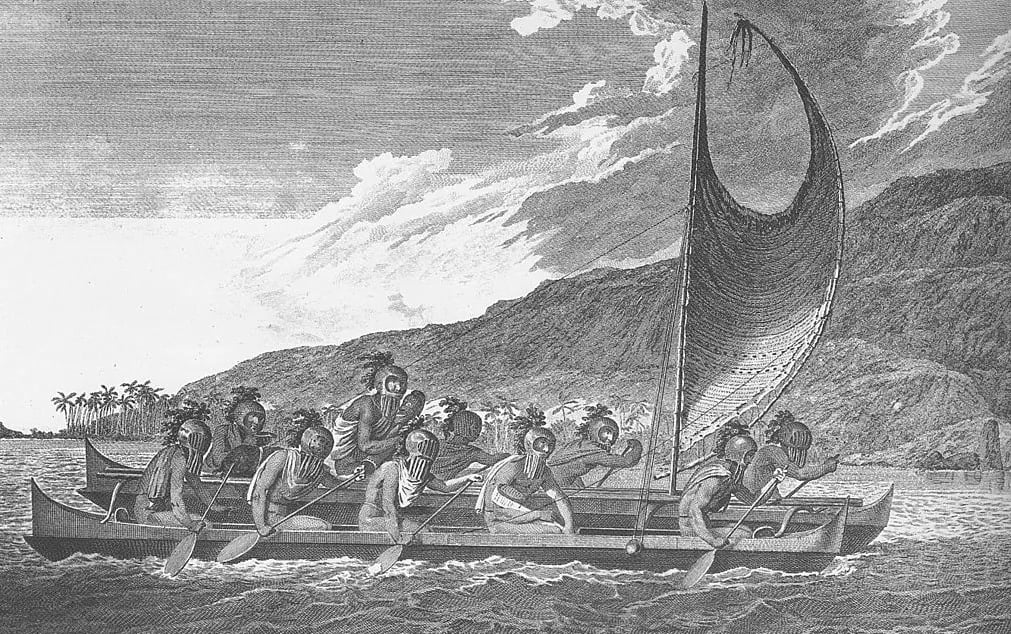
Exploring the Monohull Design
Stepping into the present, let's delve deeper into the modern monohull design. Its traditional single hull offers a quintessential sailing experience that's hard to match. Monohulls are typically seen as the embodiment of the romantic sailing ideal, thanks to their elegance and the graceful way they heel under sail.
One of the major benefits of monohulls lies in their seaworthiness. Their deep keels provide excellent stability, allowing them to handle heavy seas and high winds effectively. In addition, the keel acts as a counterbalance, enabling the boat to right itself after being heeled over by a gust of wind. This 'self-righting' characteristic is a significant safety feature exclusive to monohulls, adding a level of reassurance when navigating challenging sea conditions.
Monohulls are also known for their responsive handling and satisfying sailing performance. The mono-hulled design cuts cleanly through waves, resulting in a smooth and predictable ride. If you're the type of sailor who enjoys feeling the wind and waves' raw power, the visceral connection that a monohull provides is unparalleled.
However, as with everything in life, monohulls also have their downsides. For one, space can be at a premium. The deep keel and the rounded hull shape necessary for stability and performance take up much of the interior volume, leaving less room for living space compared to a similarly sized catamaran.
Another consideration is the heeling motion. While some sailors love the feeling of a boat leaning into the wind, others may find it uncomfortable or disorienting, especially during prolonged passages.
Despite these trade-offs, monohulls continue to hold their charm for many, offering a blend of tradition, performance, and adventure that has stood the test of time. In the next part of this deep dive, we'll shift our focus to the twin-hulled wonder of the sailing world: the catamaran.
The Catamaran Conundrum
As we switch gears to catamarans, it becomes apparent how contrasting they are to their monohull counterparts. Catamarans, with their dual hulls connected by a central platform or cabin, present an entirely different set of strengths and challenges.
Let's start with one of the most prominent features of catamarans: their stability. The wide beam of a catamaran provides a significant increase in stability over a monohull, reducing the boat's tendency to roll. This stability not only enhances the comfort of your crew but also allows for safer and easier movement on deck and below. If the notion of preparing a meal in a level galley while underway appeals to you, a catamaran might be the perfect fit.
Space is another major advantage of catamarans. With essentially two hulls worth of volume, catamarans typically offer much more living space than a similarly sized monohull. This makes them an attractive option for those planning extended cruises or living aboard. The additional space also allows for separate, private cabins in each hull, perfect for accommodating families or groups.
When it comes to performance, catamarans have a distinct edge in certain areas. Their dual-hulled design and lack of a ballasted keel result in less drag, allowing them to often outpace monohulls in moderate conditions. However, this speed advantage may be offset in heavy weather, where the ability to cut through waves (rather than ride over them) can make a monohull's ride smoother and faster.
But, just like monohulls, catamarans aren't without their drawbacks. While their stability and flat sailing characteristics are often seen as benefits, they can also create a false sense of security, leading some sailors to push their boats beyond safe limits. Additionally, while catamarans are significantly harder to capsize than monohulls, if they do flip, they generally won't self-right like a monohull would.
Furthermore, catamarans can be more challenging to handle in confined spaces due to their wider beam. Docking, in particular, can be trickier, especially in marinas designed with narrower monohulls in mind. Also, the increased beam and dual hulls often lead to higher mooring and maintenance costs.
Monohull vs Catamaran: Performance Parameters
Before we take this deep dive to its conclusion, it's important to touch on a few key performance parameters. These can greatly influence whether a monohull or catamaran would be a better fit for your sailing needs.
For starters, how a boat handles various wind conditions is critical. Monohulls, due to their keeled design, tend to excel upwind. Their ability to 'point' into the wind is usually superior to that of a catamaran. On the other hand, catamarans, with their lighter weight and reduced drag, often have the upper hand in downwind and lighter wind conditions.
Another factor to consider is load carrying capacity. While catamarans have more space for storing gear and provisions, they can be more sensitive to overloading. Additional weight can significantly impact a catamaran's performance, whereas monohulls tend to be more forgiving in this regard.
In the final part of this blog, we'll wrap up our deep dive by considering these and other factors to help determine which design might be the best fit for your sailing needs.
Choosing Your Vessel: What Suits Your Sailing Style?
Now that we’ve explored the design principles and performance traits of monohulls and catamarans, it’s time to consider what kind of vessel will best cater to your personal sailing needs and preferences.
If your sailing plans involve long passages in open waters, especially in rougher seas or challenging wind conditions, a monohull's sturdy and seaworthy design might be the most fitting choice. Their excellent upwind performance and smoother ride in heavy weather will provide you with both comfort and safety on lengthy oceanic voyages.

For those attracted to the exhilaration of speed, catamarans, with their swift downwind capabilities, can offer a thrilling sailing experience. They can be the ideal choice if your sailing adventures are primarily focused on coastal cruising, island-hopping, or participating in sailing races where their speed advantage can shine.
Lifestyle preferences play an essential role as well. If you value space and comfort, and perhaps are contemplating living aboard or planning extended family cruises, the spacious interior of a catamaran, with its level sailing and private cabins, may be the superior option.
However, if you're a sailing purist who enjoys the classic feel of a boat that heels under sail, the thrill of mastering the art of balancing a boat in various wind conditions, a monohull will likely provide the sailing experience you're seeking.
As for cost considerations, remember that while catamarans offer more living space and stability, they can also come with higher purchase, maintenance, and mooring costs.
Closing Thoughts: Your Ideal Adventure on the Water
If you're looking to buy or charter a sailboat , the choice between a monohull and a catamaran ultimately boils down to your sailing goals, personal preferences, and budget. There's no definitive answer to which is better because it's subjective to the individual sailor.
Whether you're lured by the traditional appeal and seaworthiness of a monohull or the comfort, stability, and speed of a catamaran, the most important thing is to choose a vessel that will provide you with many memorable and safe adventures on the water.
At Sailing Virgins , we love them both and appreciate their unique characteristics. Whatever you choose, the sea will always be an ever-changing playground that continually challenges and rewards those who embrace the sailing lifestyle.
If you're still unsure about which one is for you, why not join one of our sailing courses or adventures? It's the perfect way to gain hands-on experience and discover what type of sailing brings you the most joy. Feel free to press the button below to check out our courses.
Fair winds and following seas to all prospective boat buyers out there!

Related posts
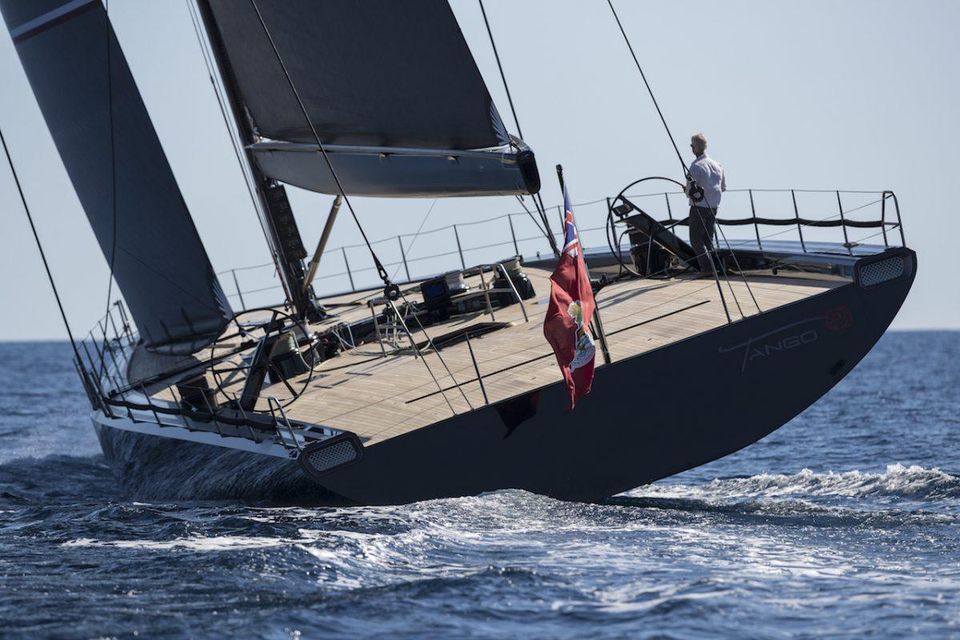
Catamarans vs. Monohulls
Which is better, a monohull or a catamaran.
This question gets asked a lot in sailing. Especially...
Recent Posts
- August 2016 (11)
- May 2023 (11)
- April 2023 (10)
- September 2016 (8)
- November 2016 (5)
- June 2016 (3)
- July 2017 (3)
- March 2018 (3)
- November 2018 (3)
- June 2019 (3)
- June 2023 (3)
- October 2016 (2)
- January 2017 (2)
- February 2017 (2)
- May 2017 (2)
- August 2017 (2)
- October 2017 (2)
- February 2018 (2)
- December 2018 (2)
- June 2022 (2)
- July 2022 (2)
- November 2015 (1)
- April 2016 (1)
- May 2016 (1)
- December 2016 (1)
- April 2017 (1)
- September 2017 (1)
- November 2017 (1)
- December 2017 (1)
- January 2018 (1)
- April 2018 (1)
- July 2018 (1)
- September 2018 (1)
- January 2019 (1)
- July 2019 (1)
- September 2019 (1)
- January 2020 (1)
- March 2020 (1)
- April 2020 (1)
- May 2020 (1)
- June 2020 (1)
- April 2021 (1)
- August 2022 (1)
- October 2022 (1)
- December 2022 (1)
- July 2023 (1)
- August 2023 (1)
- January 2024 (1)
- how to (21)
- sailing (14)
- Sailing Tips (12)
- corporate (9)
- sailing course (7)
- General (6)
- Insider (6)
- professional development (6)
- vacation (6)
- Mindfulness (5)
- leadership (5)
- Performance (4)
- group travel (4)
- opinion (4)
- opinions (4)
- qualifications (4)
- Interview (3)
- Trip Notes (3)
- Uncategorized (3)
- adventure (3)
- sailing virgins (3)
- Instructor Course (2)
- Self-Care (2)
- catamarans vs monohulls (2)
- charter boat (2)
- island adventure (2)
- networking (2)
- preparation (2)
- sailing guide (2)
- youtube (2)
- Athlete (1)
- Beginner (1)
- City Guides (1)
- Failure (1)
- First Time (1)
- Maderia (1)
- check out (1)
- fishing (1)
- french polynesia (1)
- gear tips (1)
- golf vs sailing (1)
- safety brief yacht (1)
- the yacht week (1)
- trip review (1)
The founders of Sailing Virgins started things as a result of having some incredible sailing seasons in the Mediterranean and Caribbean working for sailing company The Yacht Week. James then worked for and for a while managed Tortola Sailing School. In 2016 he branched off and started Sailing Virgins. We LOVE how sailing is changing. Top speeds in the America’s Cup were thirteen knots not so long ago. Now they’re 45 knots. If you’re excited by that, we’re with you. Giddy up!
- Village Cay Wickhams Cay 1 Road Town VG VG1110, Road Town, British Virgin Islands
- +1 (284) 442-2288
- [email protected]
© LOVE SAILING VIRGINS 2016-2019
- Terms & Conditions
- Privacy Policy
- Fraud Policy Statement
- Affiliate Program
Yachting Monthly
- Digital edition

Monohull or multihull: which is best for blue water?
- Chris Beeson
- March 29, 2016
As former editor of Yachting World, David Glenn has plenty of experience of both monohull and multihull cruising. Here he weighs up the pros and cons

One hull, or two? Your choice will define your life afloat Credit: David Glenn
Through the binoculars I could see masts off Basil’s Bar on Mustique. Their lack of movement suggested a fine anchorage, sheltered from the tradewind-driven swell that builds up in the channel between Mustique and Bequia. It soon became apparent that most belonged to cats, immune from the rolling monohulls like ours would endure if we were to stop in this otherwise enticing bay.
More anchorages in a multi

Cats galore off the Soggy Dollar Bar, Jost van Dyke: too shallow for a fixed keel monohull of similar size
Stability is one of the truly great advantages of a cruising multihull. Not just at sea where the tiresome business of heeling is something that simply doesn’t – or shouldn’t – happen to any great extent, but at anchor too. It dramatically widens one’s choice of anchorages to include those affected by swell – not uncommon in the Caribbean, for instance, where a subtle change in wind direction can make a previously flat calm anchorage unbearable in a monohull. Its comparatively shoal draught widens the choice still further.
I grew up with monohulls, own one, and frankly wouldn’t consider a multihull for the sort of sailing I do. In northern European waters, marina berthing is a regular necessity and completely safe open anchorages are few and far between.

No rolling or heeling, 360° views and one-level living, as here on a Lagoon 52, appeal to many
But if I were to undertake some serious blue water cruising and I wanted family and friends genuinely to enjoy being afloat, particularly those less experienced, a multihull would have to be a consideration. I would have to put aside the question of aesthetics – let’s face it, they’re ugly beasts – and forego that unique and satisfying sensation of a yacht sailing well, because to date I have not experienced it in a cruising multihull. And that’s quite a sacrifice.
More space in a multi
My attitude changed after chartering catamarans in the Caribbean and Mediterranean. The need to accommodate two families comprising largely of teenage children made the choice of a multihull a no-brainer. In a 46-footer we could accommodate a party of 10 in comfort and the paraphernalia demanded by youth, like surfboards, windsurfers, kites and snorkelling kit, without feeling jammed in.

One-level living makes a big difference when sailing as a famly
The cavernous berths in the ends of the hulls, the wide saloon-cum-galley with its panoramic view and the inside/outside lifestyle made possible by the juxtaposition of the big aft deck and the same level saloon, got the entire crew onside instantly.
As an outside living space, with a trampoline at one end and a massive aft deck at the other, there is simply no comparison with a monohull of the same length. So space, linked to stability, makes for an experience that everyone, even the timid and novices, will find hard not to enjoy.
No speed difference

A multihull, like this Moorings 46, has abundant stowage on deck and below, but filling it all will slow her down
Load-carrying ability is a double-edged sword. On the up side there is room for a big crew and its kit, much more fresh water tankage than a monohull, eliminating the need for an expensive, temperamental watermaker, and finding space for a generator should be easy.
On the down side the temptation to overload will probably cancel out any perceived performance advantage. Multihulls can be relatively quick in the right offwind conditions, but if they are heavily laden – as they will be for blue water cruising – there really is no significant speed advantage.

The Gunboat 66 Phaedo 1 piles on the speed, but for blue water cruisers, comfort and stowage is more important than pace
Some new designs such as Gunboat and Outremer have concentrated on performance, but most clients aren’t overly concerned about outright speed and are happy to trade performance for the considerable comfort offered by brands like Lagoon, Broadblue, the Fontaine Pajot stable, Leopard, Catana, Privilege and others.
Mono sails better

Monohulls, like this Amel 55, sail better upwind, and her ballast keel adds displacement, which means comfort when it’s rough. Multihulls can develop an unpleasant motion in a big sea
Upwind, most cruising multihulls won’t point like a monohull with a deeper keel, and when it gets lumpy and fresh, the motion can become distinctly unpleasant. You have to keep a particularly careful eye on sail area too, but more of that in a moment.
In 2011 I was involved in a test of three cruising catamarans and among my fellow judges was multihull design legend Nigel Irens. He pointed out that catamaran buyers have voted for accommodation (which means weight) over performance, so the dilemma of mixing the two has largely disappeared. With it went the spectre of capsize because, relative to their displacement and beam, the modern cruising catamaran is under-canvassed. But that doesn’t mean that sailors can simply set sail and go in any weather.
‘Speed limits’ on a multi

On a multihull, it’s more important to know when to reef. Set speed limits and stick to them
Also on the panel was Brian Thompson, the lone Brit on board the 130ft French trimaran Banque Populaire V that sailed around the world in under 46 days. He told me that the tell-tale signs for knowing when to reef are far more subtle on a multihull. Apart from instinct, Brian suggested monitoring boat speed closely and having a speed limit to trigger reefing. It is easy to overlook a building breeze when bowling along downwind in a multihull, which is going faster and faster. ‘Keep your boat speed within safe limits you should not get into too much trouble,’ he said.
People often ask about anchoring a multihull, which is important as a multihull will spend a lot of time at anchor. Squeezing into a marina can be nigh on impossible, and expensive if you can get in. An essential piece of kit, which should be standard with a new boat, is a bridle that runs from either hull and keeps the anchor cable on the centreline. In many ways this is easier than anchoring a monohull as it prevents the ground tackle from fouling the hulls.
If you do get alongside a marina pontoon you will soon discover another modern cruising multihull issue: excessive freeboard. It’s worth investing in a portable ladder for those marina moments. Of more concern is MOB recovery. There are bathing platforms on both hulls of most new boats, but it’s not the place to be if a yacht is pitching in a heavy sea. So considerable thought needs to be applied to retrieving an MOB if the worst happens.
The recent and dramatic increase in numbers of multihulls going blue water cruising is certainly testament to their appealing ‘lifestyle’ attributes, but one must bear in mind that they are not a fix for all liveaboard cruising challenges. It’s just a different way of doing things. The elements remain the same and can inflict just as much punishment for the unwary on a multihull as they can on a monohull.
Enjoyed reading this?
A subscription to Yachting Monthly magazine costs around 40% less than the cover price .
Print and digital editions are available through Magazines Direct – where you can also find the latest deals .
YM is packed with information to help you get the most from your time on the water.
- Take your seamanship to the next level with tips, advice and skills from our experts
- Impartial in-depth reviews of the latest yachts and equipment
- Cruising guides to help you reach those dream destinations
Follow us on Facebook , Twitter and Instagram.
JavaScript seems to be disabled in your browser. For the best experience on our site, be sure to turn on Javascript in your browser.
- Compare Products
ALL THE SUPPLIES YOU NEED TO GET YOUR BOAT BACK IN THE WATER ARE 10% OFF NOW! DISCOUNT APPLIED AT CHECKOUT

781-246-7401
Product Search
Proceed to checkout.

Navigating the Waters: A Guide to Deep V Hulls vs Flat Bottom Boats
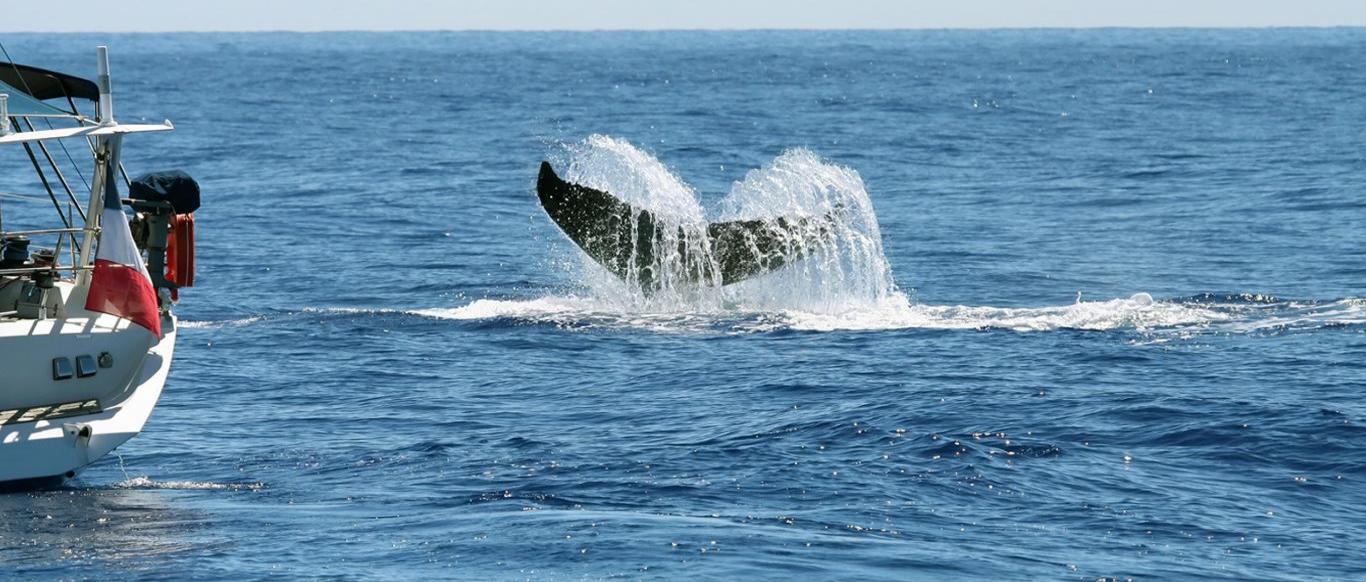
- Back to Blog
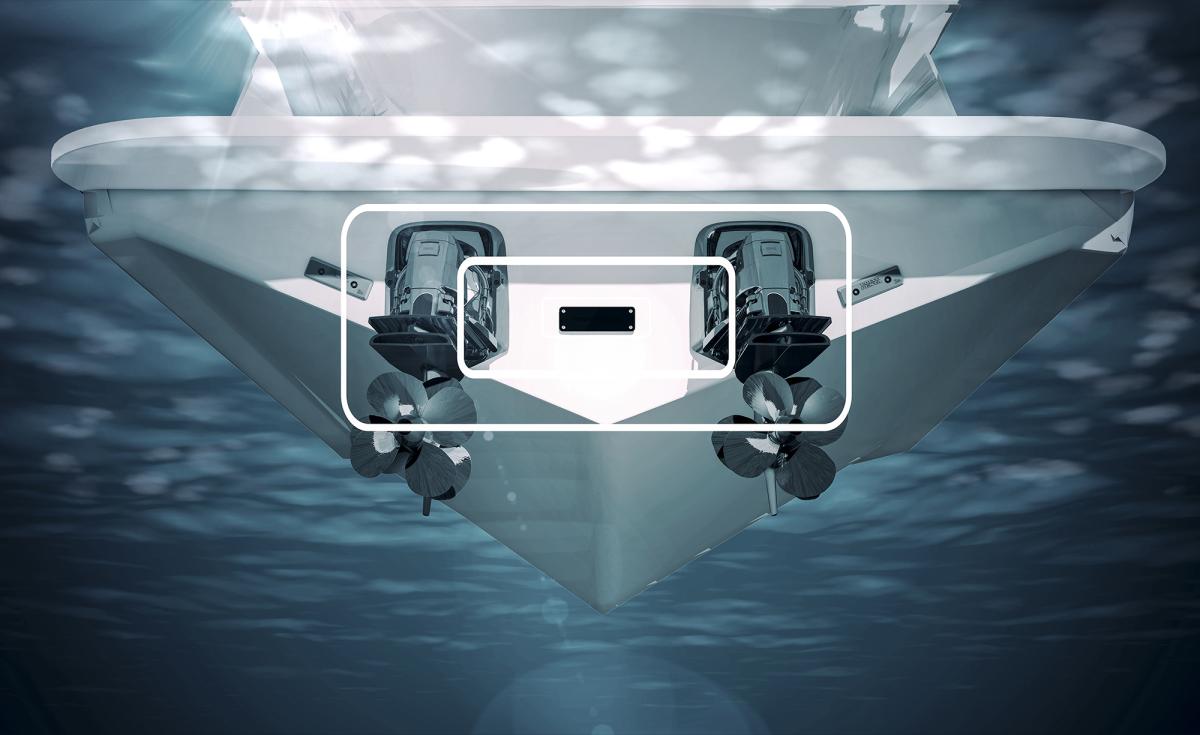
Key Takeaways:
- Deep V hulls have a sharper V shape that allows them to cut through waves better, making them ideal for offshore and open water use. Flat bottom hulls have a flat-bottomed shape optimized for shallow water operation.
- Deep V hulls tend to be faster, while flat bottom hulls are more stable and have more interior space. Deep V's pound more in choppy water while flat bottoms can be slippery in turns.
- Deep V hulls are better for traveling long distances and handling waves, while flat bottoms work well for fishing and beaching in shallow water areas.
- Factors like intended use, water conditions, and budget can help determine whether a deep V or flat bottom is the best choice for a boat.
Deep V vs Flat Bottom Boats
When choosing a boat, one of the most fundamental decisions is the hull shape - whether to go with a deep V-shaped hull or a flat-bottomed hull. The hull is the foundation of a boat's design and determines key performance factors like speed, stability, and ride comfort. Understanding the trade-offs between deep V and flat bottom hulls can help select the best boat for your needs.
What is a Deep V Hull?
Deep V hulls, also called modified V hulls, have a distinct V shape that cuts through water aggressively. The sharper deadrise angle (the angle between the bottom and sides of the hull) creates less surface area for buoyancy. This allows deep V boats to slice through waves with less resistance for a smoother, drier ride.
The deeper V shape also deflects spray to the sides for a drier ride. The fine entry point and wider beam at the stern plane create lift for higher top speeds. Deep V hulls tend to have a longer waterline length which contributes to a smoother ride. While they don't float in shallow water as well, deep V hulls are ideal for traveling long distances and handling waves.
Common deep V boat styles include offshore fishing boats, performance boats, pontoons, and cruising boats. Offshore sport fishing boats benefit greatly from the smoother ride of a deep V when heading out into the ocean to find the big fish. High performance boats take advantage of the higher top speeds.
What is a Flat Bottom Hull?
Flat bottom, also called planar hulls, have a wide, flat shape at the bottom with more rounded sides. This maximizes buoyancy and internal space while minimizing rocking motion. The wider shape adds stability, making flat bottoms well suited for fishing platforms. However, the flat shape provides less lift at higher speeds compared to deep V hulls.
Flat bottom boats draw less water so they work well in shallow areas and rivers. They can beach easily and many flat bottoms even have a small outboard or trolling motor. The flat shape does pound more in choppy water conditions. Flat bottom hulls also tend to be less efficient at planning and have a slower top speed.[
Common flat bottom boat styles include jon boats, bass boats, bay boats, flats boats, and pontoons. The stable platform and shallow draft are ideal features for both freshwater fishing in lakes and rivers as well as inshore saltwater fishing in shallow flats. Many saltwater flats fishing boats have a semi V hybrid hull to gain some performance benefits.

Deep V Hull Advantages
- Smoother ride in choppy waters
The sharper V shape slices through waves better, deflecting spray for a drier ride. This allows you to comfortably travel further offshore and handle rougher water.
- Higher top speeds
The fine entry point and wider beam provide more lift for planing at high speeds. Deep V boats can reach higher top speeds for watersports or just thrilling rides.
- Offshore capability
A deep V hull works better for making long runs offshore to reach fishing spots, dive sites, or distant cruising destinations.
Flat Bottom Hull Advantages
- More interior space
The wider flat hull shape maximizes usable space inside the boat for fishing, storage, and moving around. Flat bottoms offer more stable fishing platforms.
- Shallow water operation
Flat bottoms only draw a few inches of water so they work well in rivers, marshes, and other shallow areas. This helps access remote fishing spots.
- More stable
The wide, flat shape provides great stability at rest for casting lines or diving. Flat bottom boats are less prone to rocking and shifting.
Key Differences
Ride Comfort
Deep V hulls pound less in waves for a more comfortable ride. Flat bottoms bounce and slap more through chop.
Deep V hulls plane faster and reach higher top speeds, while flat bottoms are slower and less efficient.
Flat bottom boats are more stable with less rocking for fishing or watersports. Deep V boats can shift more.
Flat bottom boats draw just inches of water so work well in shallow areas. Deep V hulls need deeper water.
The square shape of flat bottoms allow for more interior fishing and storage space. Deep V boats carry less inside.
Choosing Between a Deep V or Flat Bottom
So which hull is better - deep V or flat bottom? There's no universally superior hull. The right choice depends on how you plan to use the boat and the water conditions where you'll be boating. Here are a few factors to help decide:
Boating Use - Deep V hulls excel at traveling long distances offshore and handling choppy waters at speed. Flat bottoms work better as stable fishing platforms and operating in shallow water.
Water Conditions - Rough open water favors a deep V hull while calm inland lakes suit a flat bottom. Deep V's slice through heavy waves better.
Speed - Deep V if you want to go fast for watersports or offshore runs. Flat bottoms if you want a slow fishing and beaching boat.
Budget - Flat bottom boats tend to be more affordable while deep V hulls have premium offshore designs.
Space - Flat bottom maximizes interior space while deep V has less roomy interiors.
Once you consider your specific needs, you can determine if the offshore benefits of a deep V or the shallow water perks of a flat bottom align better with your boating goals. While a hybrid semi-V offers some crossover benefits, understanding the core strengths of each hull shape makes choosing the right boat much easier.
- A Step-by-step Guide on Removing Old Boat Lettering and Graphics
- Electric Principles for Boats: A Comprehensive Guide
- Navigating the Dangers: What to Do in a Lightning Storm on a Boat
- Navigating the Laws of Boating Under the Influence of Alcohol
- The Top Boat Shows of 2024 You Don't Want to Miss
by Capt. Dave Lear
How do traditional Deep-V hull designs compare to their high-speed, stepped hull counterparts?
Aug 28, 2018 | Bluewater Perspective , Featured , Jupiter Boats , Magazine , News , Regulator Boats | 3 comments
Exceptional offshore fishing boats are not a fluke. They are the culmination of exact calculations, computer-assisted design and a well-executed manufacturing process. Each one is conceived to fill a niche in a product line because of size or style. They all share common design elements to ensure rough water performance, predictable handling and proper running attitudes. Naval architects and builders work hand in hand to achieve these desired traits.
“The hull design has to suit the purpose of the boat in terms of where and how it will be used and the speed expectations,” says naval architect Lou Codega, who designs the Regulator line, among others. “Outboard powered boats have to run fast in waves yet still get you home when it gets snotty. It’s a lot more complicated than simply choosing a look.”

Stepped hulls are great for top speed
Speed is not limited by design, but rather by how much discomfort the operator is willing to endure

Design of chines, strakes and center of gravity are paramount in great hull design practices
Codega incorporates an aggressive deadrise at the bow that transitions quickly aft to the transom. He defines deadrise as the angle the bottom makes starting at the center line relative to the water’s surface. Like a knife, a boat with a deep-V shape or larger deadrise cuts through waves easier but the sharper angle also tends to roll side to side if not compensated by adjusting the molded strakes and chines of the hull bottom.
Deep-V vs. Stepped Hulls
“Deadrise at the bow is more important than the transom because that’s what is doing the work,” he explains. “Strakes come into play by how quickly they taper while downward angles on the forward chines provide a drier, more stable ride. It’s all a trade-off. The characteristics that make a boat go fast hurt sea-keeping. Speed is not limited by design, but rather by how much discomfort the operator is willing to endure. When it gets rough, you’re glad to have a big, heavy boat to slog through seas versus getting tossed around.”
Codega does not add steps or notches to the outside chines in his designs because of performance considerations. Steps serve to ventilate the hull to reduce friction, but they are also prone to unexpected handling concerns if not designed properly. “Stepped hulls work best at high speeds,” he explains. “Smooth bottom hulls are more efficient at 30 to 35 knots, which is normal operating speeds for most sportfishing boats. Handling is also much more predictable with traditional hull designs with continuous chines versus those with steps.”
“The characteristics that make a boat go fast hurt sea-keeping.”

Easy Does It: Going airborne might get everyone’s blood pumping, but do you have control of the vessel?
Carolina Style
With their Edenton, North Carolina roots, Regulator Boats feature a pronounced Carolina bow flare, which Codega says adds style, a drier ride and keeps the bow from stuffing into waves when running the rough inlets common on the Eastern seaboard. Codega utilizes engine brackets extensively and avoids pocket transoms and notched steps in the outside chines.
“Engine brackets move the propellers away from the hull into cleaner, solid water like a notched transom,” he says. “In addition, they add more space to the cockpit, especially with the larger four-stroke outboards. Plus they let me adjust the center of gravity to where I want it. Another benefit is brackets provide more control flexibility with running and static trim.”
Albemarle Boats, also based in Edenton, builds six sport-fishing models, three with bracketed four-stroke outboard power and three larger sizes with inboard diesel propulsion. Burch Perry is the company’s long-time general manager.
“We are a traditional builder with deep-V hull designs, the recognized Carolina bow flare and solid glass bottoms. We believe in displacement for our size segment and our lamination schedules reflect that. Everything we build is an evolution, but there are an awful lot of similarities to what we started with 30 years ago,” Perry says. “Deep-V hulls tend to be tender on the drift or when trolling, so we add wider reverse chines to counter that effect. The chines help with the spray too, while the strakes provide lift and spray deflection by turning the water back downward.”
Perry says Albemarle listens to dealers and current owners for real world feedback when developing new models. Designs focus on a deep forefront deadrise that is reduced aft for a soft, predictable ride.
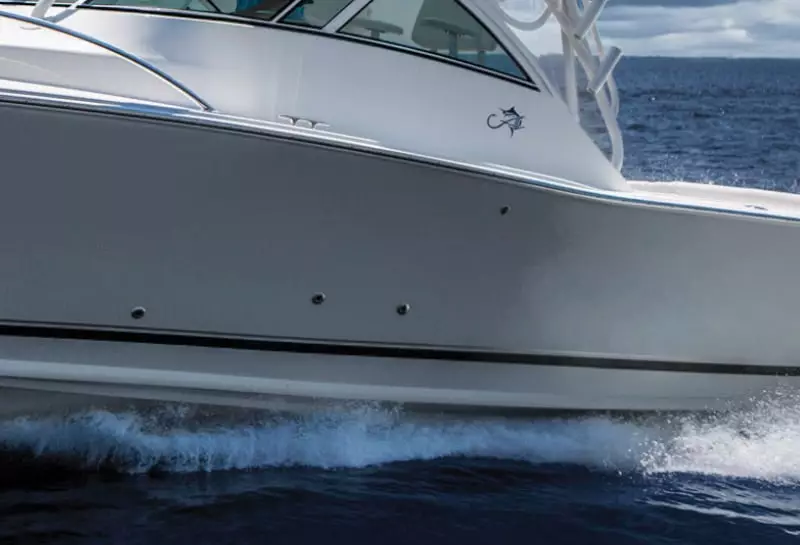
The Albemarle 27’s unique chine/spray rail
The center of gravity for each boat is also carefully measured. “We continue to play with and tweak our running angles, but the center of gravity is always paramount,” he says. “We don’t want any unexpected handling problems. The goal is for each boat to be efficient and perform well regardless of whether you have a full tank of fuel in the morning heading offshore or you are half-full coming back in. When you strike that balance, you have a real win.”
A Positive Advantage
Donald Blount and Associates design Jupiter Marine models, with considerable input from industry legend and company president Carl Herndon. The Palmetto, Florida-based builder produces nine models, including the latest introduction, the 43 Sportfish. With the exception of the 25-foot bay, all utilize the company’s signature Posi-Stern hull design. This flattened pad on the aft centerline keel has been a constant feature throughout Jupiter’s 30-year history.
“[The Hull Pad] provides dynamic lift, higher running speeds and increased fuel economy.”
Deep-V Hull Design Terms (as seen on Jupiter 43)
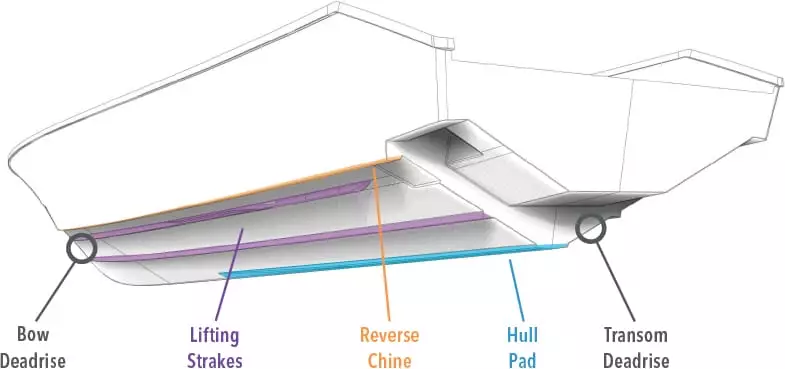
“The Posi-Stern feature starts a little aft of the center of gravity and goes all the way to the stern. It provides dynamic lift, higher running speeds and increased fuel economy,” says Don Smith, Jupiter’s sales and marketing manager. “Because of this stern lift, the bow rise is approximately four degrees upon acceleration, so visibility from the helm is very good with a level running attitude.” Smith adds that nearly all models are built with a 60-degree bow entry with 24 degrees at the transom. None of Jupiter’s designs include chine steps. The bows are narrower in what is often referred to as the Florida style.
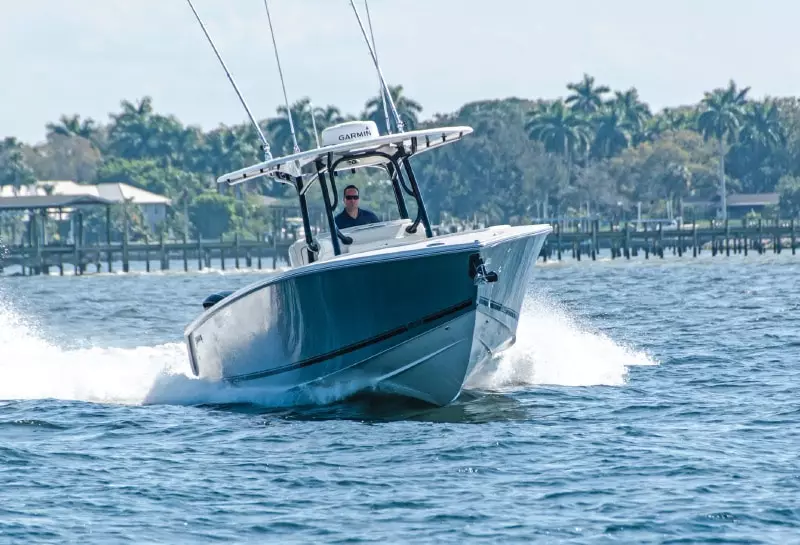
No Surprises: Jupiter’s hulls are designed to track straight with no wandering
“We haven’t seen the need for a pronounced bow flare,” Smith explains. “All of our models are based on the original 31, which we feel has sleek and timeless styling. We do make careful calculations when designing these boats, though. For example, if the center of gravity is too far aft, that leads to unnecessary bow rise. So we are very precise where the fuel tanks are located to maintain that weight balance and level attitude. The center of gravity is typically right around the helm seat.”
Smith says the beam dimensions of Jupiter models are adjusted according to length. Balance is another consideration to maintain consistency as far as cockpit size and console location. “Our hulls are designed so there are no surprises, no hard turns, no unexpected maneuvers,” Smith adds. “We want them to track straight and not wander. Operators should be at ease at the helm. From a construction and running standpoint, we design each hull for going offshore comfortably and efficiently.”
Hydrodynamics pertains to the forces in, or motions of, liquids. A well-executed hull design, regardless of brand, enables those forces to match briny liquids for a safe and comfortable return to the dock when those white-capped liquids build to six-footers and you’re 40 miles offshore.
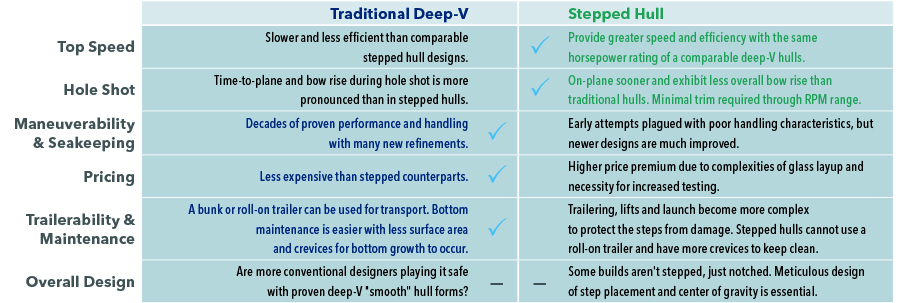
Traditional Deep-V
- Slower and less efficient than comparable stepped hull designs.
- Time-to-plane and bow rise during hole shot is more pronounced than in stepped hulls.
- Decades of proven performance and handling with many new refinements.
- Less expensive than stepped counterparts.
- A bunk or roll-on trailer can be used for transport. Bottom maintenance is easier with less surface area and crevices for bottom growth to occur.
- Are more conventional designers playing it safe with proven deep-V “smooth” hull forms?
Stepped Hulls
- Provide greater speed and efficiency with the same horsepower rating of a comparable deep-V hulls.
- On-plane sooner and exhibit less overall bow rise than traditional hulls. Minimal trim required through RPM range.
- Early attempts plagued with poor handling characteristics, but newer designs are much improved.
- Higher price premium due to complexities of glass layup and necessity for increased testing.
- Trailering, lifts and launch become more complex to protect the steps from damage. Stepped hulls cannot use a roll-on trailer and have more crevices to keep clean.
- Some builds aren’t stepped, just notched. Meticulous design of step placement and center of gravity is essential.
Great Article! Lou Codega,and regulator have mastered the center console by creating a well balanced monocoque hull that looks as well as it performs. Steps are great if the person behind the helm knows what he or she is doing. I think we have normalized that technology into areas that don’t need or call for the technology. Marketing should never define technology use. In the right hands,steps and ventilation are awesome tools.In the wrong hands, and on the wrong boat, they are ineffective and dangerous. Great post!
Please compare the build quality os Regulator and Jupiter. Also are they both dry running boats ? Thank you
Submit a Comment Cancel reply
You must be logged in to post a comment.
Recent Posts
- 2022 Onslow Bay 41
- 2024 Palm Beach Boat Show
- 2024 Bluewater Summer Cruise
- Bluewater Recognizes 2023 Award Winners
- 2024 Mid-Atlantic Sports and Boat Show
- 37 Billfish
- Albemarle Boats
- Back Cove Yachts
- Bluewater Perspective
- Boat Profiles
- Everglades Boats
- Industry News
- Jarrett Bay Boatworks
- Jupiter Boats
- Princess Yachts
- Recent Deliveries
- Regulator Boats
- Sabre Yachts
- Signature Service
- Testimonials
- Uncategorized
- Valhalla Boats
- Viking Yachts
Search Our Blog
Boating's best brands.

Waterfront Office Locations
- Baltimore 410.342.6600
- Annapolis 443.716.7965
- Ocean City 410.390.3043
- Hampton 757.723.0793
- Virginia Beach 757.937.2570
North Carolina
- Beaufort 252.728.2645
- Morehead City 252.728.2645
- Wilmington 910.256.6643
- South FL 561.845.0606

- CREATE AN ACCOUNT
- Boat Cover Finder
- Bimini Top Finder
- Boat Propeller Finder
- Engine Parts Finder
- Anchor & Dock
- Watersports
- Clothing and Footwear
- Engine Parts
- Cabin and Galley
- Covers and Biminis
- Electronics
- Paint and Maintenance
- Pumps and Plumbing
- Anchor Chains & Ropes
- Boat Fenders
- Boat Mooring
- Boat Protection
- Dock Storage & Protection
- Ladders, Steps, & Platforms
- Top Sellers

- Fishing Rods
- Fishing Reels
- Fishing Rod & Reel Combos
- Fishing Tools & Tackle Boxes
- Fishing Line
- Fly Fishing
- Fishing Bait & Fishing Lures
- Fishing Rod Holders & Storage Racks
- Fish Finders, Sounders & Sonar
- Trolling Motors
- Fishing Nets
- Fishing Downriggers & Acessories
- Fishing Outriggers & Acessories
- Fishing Kayaks
- Fish Cleaning Tables

- Inflatable Rafts
- Paddle Boarding
- Paddles & Oars
- Wakeboard, Wakesurf & Ski
- Wakeboard Towers
- Tow Ropes & Handles
- Life Jackets & PFDs
- Snow Sports
- Roof Racks, Carriers, Dollies

Men's Clothing
- Accessories
Men's Footwear
- Atheltic Shoes
- Water Shoes
Women's Clothing
- Dresses & Skirts
Women's Footwear
- Fuel Systems
- Sacrificial Anodes & Zincs
- Generator Parts
- Inflatable Boats
- Propeller Parts & Accessories
- Boat Manuals
- PWC Parts & Accessories

- Fishing Boat Seats
- Offshore Boat Seats
- Ski Boat Seats
- Pontoon Boat Seats & Furniture
- Boat Seat Pedestals & Hardware
- Boat Seats by Manufacturer
- Boat Tables & Hardware
- Boat Seat Covers
- Boat Seat Vinyl
- Floating Boat Cushions

- Barbeque Grills
- Boat Drink Holders
- Cabin Accessories & Hardware
- Boat Ventilation
- Interior & Cabin Lighting
- Marine Teak Products
- Carbon Monoxide & Smoke Detectors
- Binoculars & Telescopes

Boat Bimini Tops
- Bimini Top Accessories
- Pontoon Bimini Tops
- Other Biminis
- RV & Trailer Covers
- Boat Shrink Wrap & Accessories
- Boat Shelters
Boat Covers
- Boat Cover Accessories
- Boat Lift Canopy Covers
- Other Covers
- Boat Wiring & Cable
- Marine Batteries & Accessories
- Marine DC Power Plugs & Sockets
- Marine Electrical Meters
- Boat Lights
- Marine Electrical Panels & Circuit Breakers
- Power Packs & Jump Starters
- Marine Solar Power Accessories
- Marine Electrical Terminals
- Marine Fuse Blocks & Terminal Blocks
- Marine Switches
- Shore Power & AC Distribution

- Marine Audio & Video
- GPS Chartplotters & Accessories
- Electronic Navigation Charts & Software
- Digital Instruments
- Display Mounts
- VHF Radios & Communication
- Marine Radar
- Auto Pilot Systems
- Action Cameras

- Fiberglass & Epoxy Boat Repair
- Boat Paint & Varnish
- Marine Adhesives, Sealant, & Caulking
- Marine Engine Maintenance
- Boat Cleaners & Waxes
- Boat Cleaning Supplies

- Fresh Water Boat Systems
- Bilge Pumps
- Marine Plumbing Parts
- Wash Down Pumps
- Livewell Aerator Pumps & Live Bait Wells
- Toilet & Waste Pumps
- Marine Pump Replacement Parts

- Tires, Rims, & Hub Kits
- Boat Trailer Winches
- Boat Motor Supports & Transom Savers
- Boat Trailer Guides & Rollers
- Boat Trailer Fenders
- Boat Trailer Lights
- Boat Trailer Hardware
- Boat Trailer Jacks
- Boat Trailer Brakes & Axles
- Boat Trailer Tie Downs
- Couplers, Mounts, Hitches, & Locks

- Boat Deck Harware
- Marine Nuts, Bolts, & Screws
- Boat Handles, Pulls, & Rings
- Prop Nut Kits & Hardware
- Boat Cabin Hardware
- Marine Fasteners
- Boat Windshield Parts
- Boat Tubing & Rails
- Boat Mirrors
- Marine Tools & Tool Kits
- Boat Lettering

- Women's Clothing Deals
- Men's Clothing Deals
- Fishing Deals
- Anchor & Dock Deals
- Electrical Deals
- Electronics Deals
- Paint & Maintenance Deals
- Pumps & Plumbing Deals
- Boat Seats Deals
- Trailering Deals
- Camping & RV Deals
- Dealer Login

- Forums Login

- Search forums
- General Boating/Outdoors Activities
- Boat Topics and Questions (not engine topics)
Catamaran vs. v-hull?
- Thread starter SeaNile
- Start date Dec 9, 2002
- Dec 9, 2002
Hello,<br /> Does anyone know the similarities between a catamaran vs. a v-hull? I am in the process of buying a new boat, but I have never rode in a cat before. If anyone has some insight on this, it would be greatly appreciated.
Jack Shellac
Lieutenant commander.
- Dec 10, 2002
Re: Catamaran vs. v-hull? I have always owned deep-V's for use in salt water because that was the best design, UP TO the emergence of the catamaran. The cats ride much smoother in rough water and you can run faster than any other design that I know of in choppy water. They're also more stable at low speeds and at rest. I suggest you check them out thoroughly before you make a final decision.
Re: Catamaran vs. v-hull? This will depend a great deal on what the boat is being used for and what size it is. We need to know more about how you expect to use your boat.<br /><br />Kelly Cook
Fleet Admiral
Re: Catamaran vs. v-hull? I don't much care for the looks of a cat but that may be off shoot big time by the ride. The only downside that I see is that handling with one motor out may be difficult as they are so far apart. Also the ones I have seen require a specialized trailer due to the hull design.
Chief Petty Officer
Re: Catamaran vs. v-hull? The cats are reportedly more stable on waves due to the balancing act of the 'two' hulls. A deep vee may list as it rides up the front or back of a wave (unless taking the wave head-on) because the single hull will remain perpendicular to the wave's diagonal surface and roll with the wave. A cat will remain more level because it will have one vee taking the wave at a time while the other stabilizes. The cat will 'cut waves' in this manner. If the waves are very large in proportion to the boat, of course, this effect will diminish as both vees are riding up the same wave.<br /><br />I'm on inland lakes exclusively so I only see waves as large as 2'-3' whitecaps or so, but while the rest of us are getting our butts slammed around in vees the few cat owners are going all out like they're on glass! Cats seem to be at a huge advantage when going fast (very fast)in rough water.<br /><br />Again, my experience is limited to inland waters/small boats so...
Re: Catamaran vs. v-hull? if you can afford it i would get a cat, the only down side i would see is turning in an unexpected high sea swell. but then any boat is a problem. one motor shouldnt be bad either, look at pontoons they are just lighter but same priciple. you will also be suprized at how stable they are when people are moving around. im 170 and my fishing bud is 350 when he moves on my trophy i hang on. thats when i wish i had a cat.
- Jan 24, 2006
Re: Catamaran vs. v-hull? I've been considering a Cat hull. Seems as if their owners really love them because it's hard to find 'em used. They have everything I want: more room on deck and below (in a WAC)for family/lake and a better ride than deep V for choppy water sea fishing. But, I can't quite get over the look of them and the seem so pricey. I'm surprised there are not more topics on Iboats debating the cat hulls versus V. Seems to me like a these boats would be more popular. I'd like to hear some of your opinions about these hull designs and the pros /cons.
Supreme Mariner
Senior chief petty officer.
Re: Catamaran vs. v-hull? Hi all, I have had "V" (mono) hulls for ages before I had my first "cat" (in about 1980 I got my first) now I would not even consider anything else if you are after a fishing boat,not too good for a ski boat though, the advantages of twin hulls far out weigh the disadvantages (and there are a few)good things are stability, ride, space (the boat is basically square) twin motor safety,very easy to control in marina as the motors are a long way apart, easy to put on and off trailer, even a newbee can drive on and off if necessary, a few downsides, initial cost, usually big to tow and store, not real good on tight turns like you would if skiing, (they lean outwards like a car)and maybe a couple of other small things but all in all the best by far for a fishing boat
Re: Catamaran vs. v-hull? if anyone is remotely interested just send me an email with any questions I may be able to answer as I have spent thousands of hours on cats of all sizes doing all sorts of things from abalone diving ,game fishing and shark fishing, don't claim to be a marine expert but have spent a lot of time on the water in twin hulls.<br /> [email protected]
Re: Catamaran vs. v-hull? If the twin engines placed so far apart offers good manuverability, how come the the boat would not turn as well as V at speed? I'm asking because I intend to use it in the lake for skiing with the family.
Re: Catamaran vs. v-hull? because they tend to lead outwards when turning at speed, you can turn but nowhere near as tight as a V which leans inwards, if you want to turn around in a harbour or something, one motor in forward and one in reverse and you can do a turn in your own length (like a v but much much easier)
Re: Catamaran vs. v-hull? a high speed turn can of course be good fun (and exciting sometimes)
Re: Catamaran vs. v-hull? They turn well at speed, they just turn flat . . .<br /><br />If you have a boat now you know that a V-hull banks into turns naturally. This helps to keep all of your passengers seated when you turn. You would not believe the difference in a high speed cat. They literally stay flat. It is quite noticeable if you ever get a chance to watch one.<br /><br />So imagine your observer yells "down" and you take a quick look for traffic and then turn to protect your skier. Well imagine this with one of your passengers leaning over into the cooler. With a v-hull the beer, the ice and the passenger all benefit from the banking. In the case of the cat hull, everything wants to fall over or spill out as the hull stays flat and the direction changes. I personally think it could be pretty dangerous, easily minimized, but I think the opportunity for injury ultimately goes up . . .
Re: Catamaran vs. v-hull? The downside of cats? Running downwind in large following seas in breaking inlets. They are more prone to broaching than monohulls. When waves are too steep for the boat to drive perpendicular to the wave you have to drive at an angle to it. The angle means one hull is at the bottom of the trough and the other hull is on the face of the wave. The upper hull is lifted and puts more weight and force on the downward hull. The downward hull is "stuffed", burries the bow and trips the boat...broach or rollover type things happen. Monohulls aren't as sensitive in this regard and can be driven out of the same situation easier. Some "multihullers" are in denial about this, only because they haven't learned yet. You can see this in action at any bad inlet. There is one nearby where I live and watching boats on big swell days is really entertaining...everbody enjoys watching cats get in trouble. My cousin bought a cat and sold it after his first run though a nasty inlet. He said it was too hard to control compared to monohulls. <br /><br />Then there is sneezing and waves slapping the bridge. If running into big headseas it's best if the bridgedeck stays above the waves. Otherwise it's solid water hitting a big blunt wall. That's why cats are typically so tall. The little things cat owners don't seem to talk about is what you need to ask questions on. In smooth waters none of the above matters.
Petty Officer 1st Class
Re: Catamaran vs. v-hull? cat's are long fast boat if you see of shore racing there a class of them, and they handle rough water real well but watch for stuff, if you have open cabin boat I rather have a v for fishing off shore speed isn't what wanted just to get us there with no break downs,and enough power to get though rough water too just though's i would do.
- Jan 25, 2006
Re: Catamaran vs. v-hull? As mentioned, cats turn flat and may be boring; if you are out for thrills rather than a smooth stable ride. That and hard trailering are the only 2 gripes I have heard of.<br /><br />Mark
Seaman Apprentice
- Jul 25, 2009
Re: Catamaran vs. v-hull? One guy has said trailering is easier for noobies, and another said trailering is harder with catamarans. I would imagine trailering would be no different as far as launching the boat, but retrieving it would be harder as you have to perfectly line up each hull with the trailer bunk. Anyone have catamaran trailering experience? I'm considering buying a cat as my next boat and trailering is my only worry (I dry-rack store my monohull right now).
- Jul 26, 2009
Re: Catamaran vs. v-hull? Hate to bump this thread but I'd really like to know if retrieving a catamaran is more difficult than a monohull
- Classifieds
- Remember Me Forgot Password?
- Boats Racing Boats - Electric Discussion What boat should i get? Deep v or catamaran
- Electric Flight
- Advertising
- Our Sponsors
- Review Policies
- Terms of Service
- Privacy Policy
- Site History
- Mark Forums Read
- Member Search
- Upcoming Articles
- Do Not Sell My Data
- Manage Consent
- Back to Top

- Unanswered threads
- Search forums
Follow along with the video below to see how to install our site as a web app on your home screen.
Note: This feature may not be available in some browsers.
- RC Categories
catamaran vs monohull
- Thread starter hans1128dog
- Start date Jul 16, 2021
Welcome to RCTalk
Come join other rc enthusiasts you'll be able to discuss, share and private message with other members of our community., more options, hans1128dog, rctalk rookie.
- Jul 16, 2021
Real new to boating. Showed the daughter a listing of boats from the FLHS and she chose what she wants (On back order). Trying to figure out what I want to get. I currently have some Traxxas trucks so buying one of those would be great for the battery issues but I was also liking the ProBoat option. What made you chose the boat you have? What are the pros/cons of a Catamaran vs a mono hull? I'm thinking the stability of the Cat is the better option.
Whats Up Doc?
Mono hull aka. deep V is way more stable in any type of water..A cat is a faster boat on the straights but once you start making wake its unstable..
BUILD it, SEND it, BASH it, FIX it, REPEAT
- Scale Builder

Get Wet! RC Boating Get-Started Guide
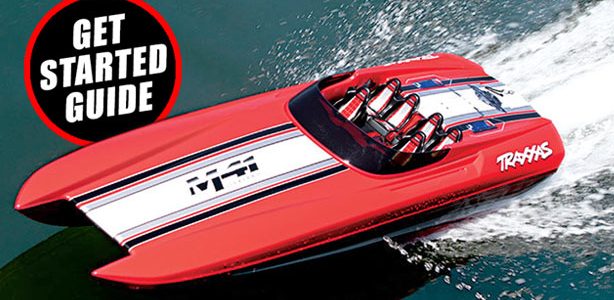
WHAT’S YOUR TYPE?

Deep-V Monohull

Catamaran
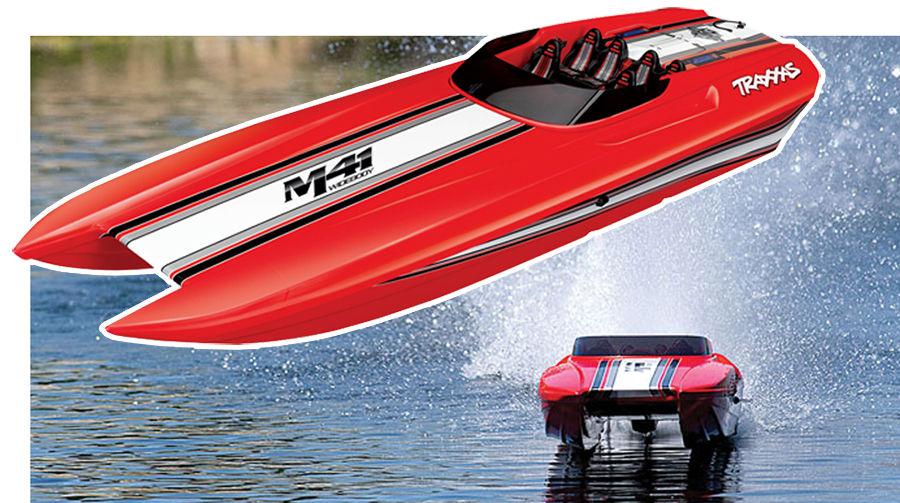
Hydroplane

HULL MATERIALS
Plastic.
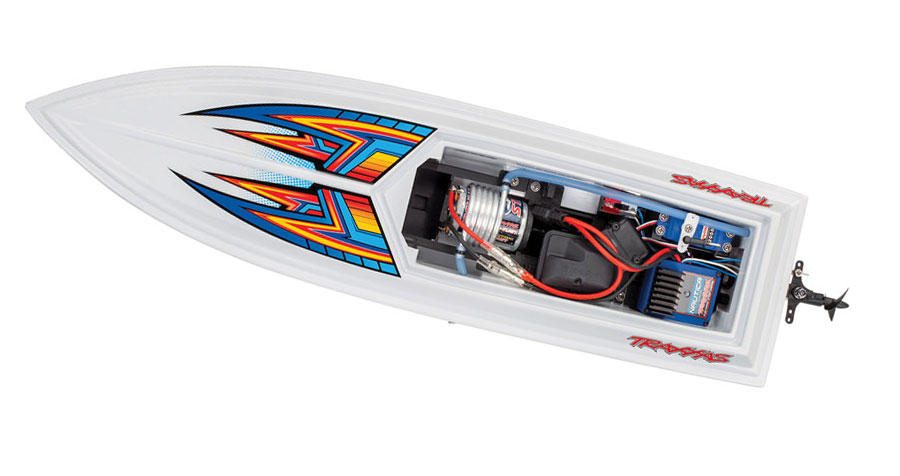
Fiberglass
Carbon fiber.
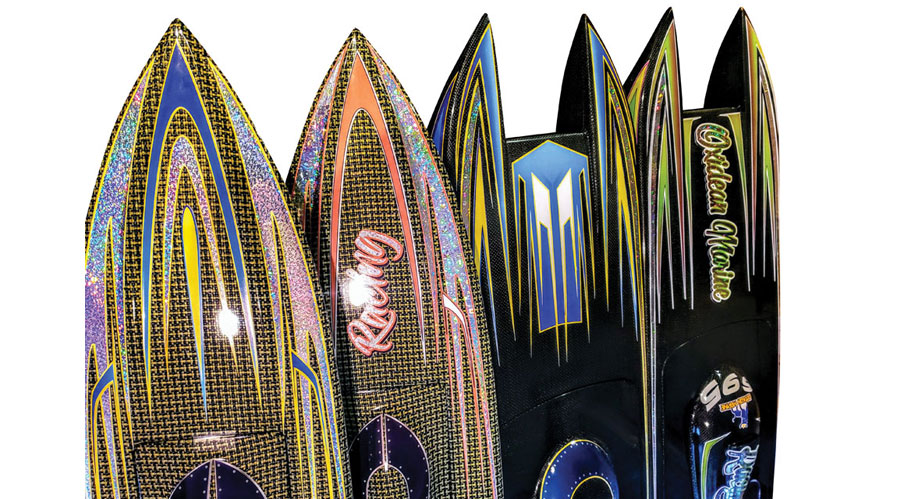
POWER SYSTEM TYPES
Electric.
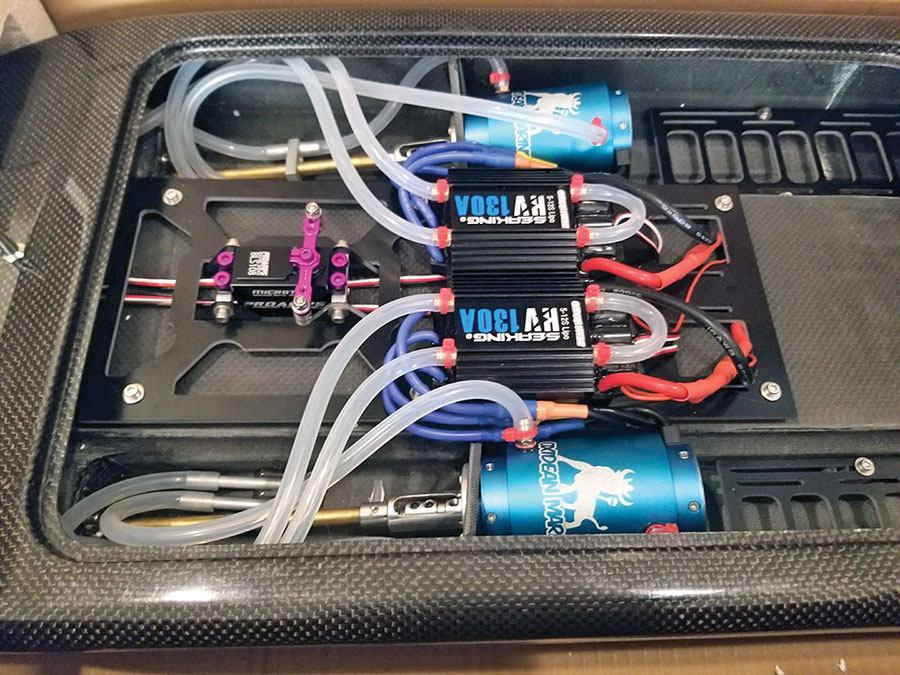
Nitro
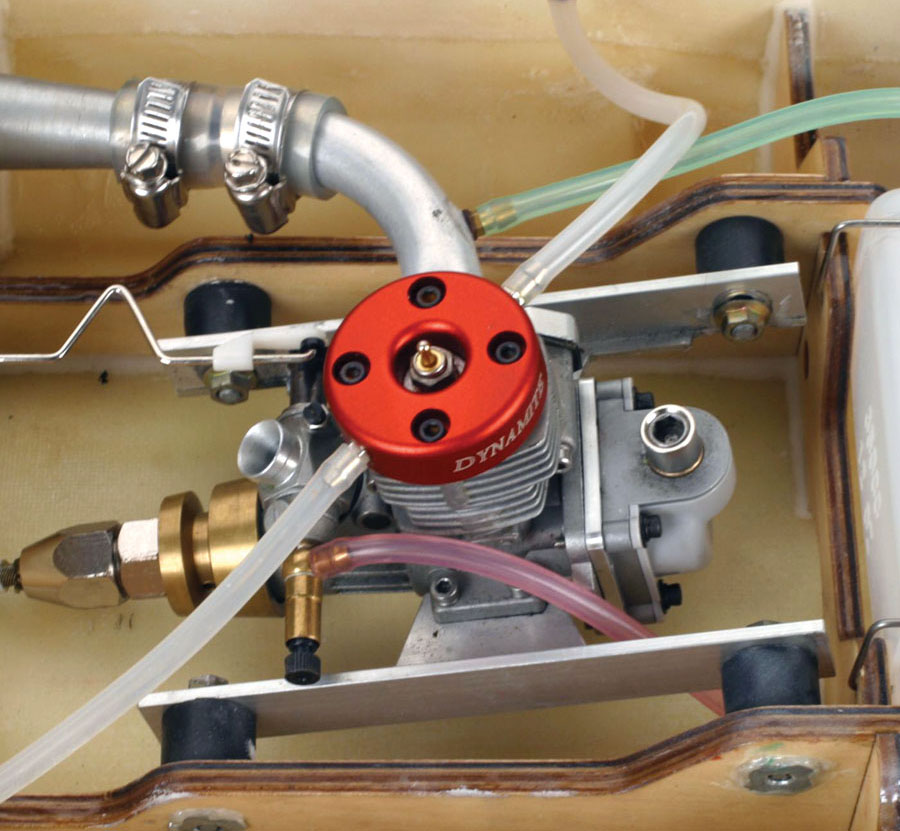
TUNING TIPS
Battery placement.

Trim tabs
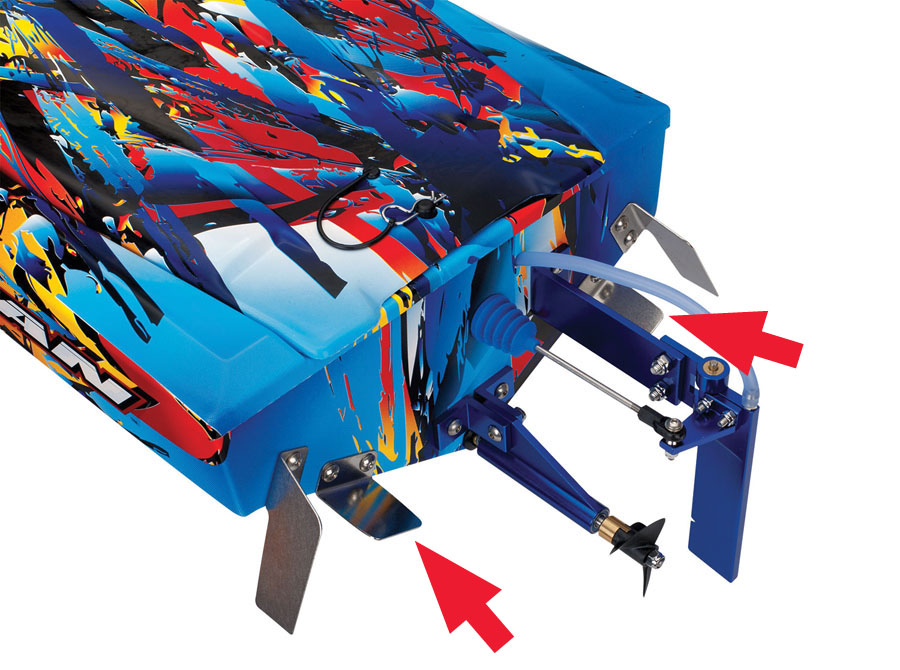
Prop angle
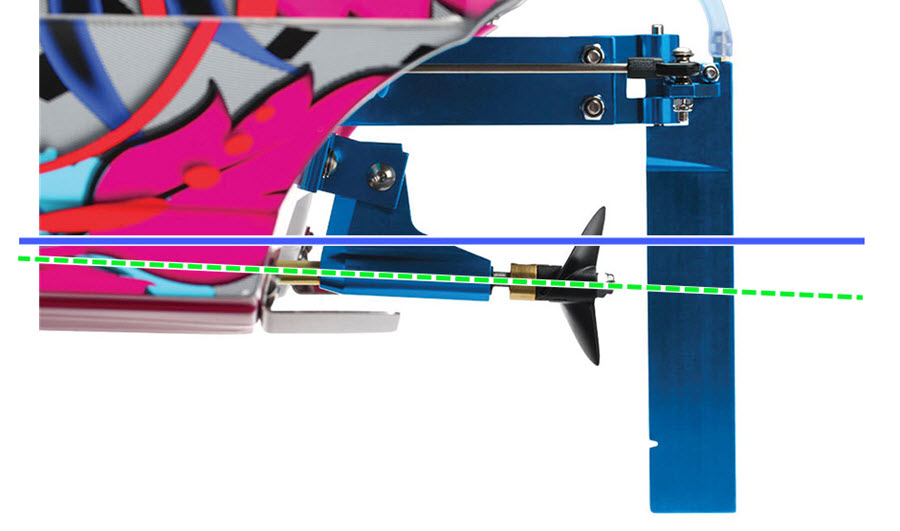
Never miss an issue of RC Car Action!
Subscribe today with a digital edition subscription or print + digital combo.

Leave a Reply
Featured video.
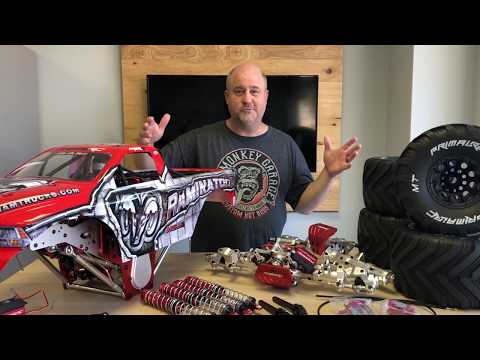
DON’T MISS
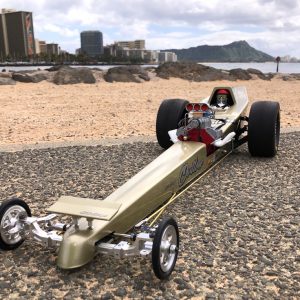
SUBSCRIBE
- Boost Membership Site
- Digital + Print Edition
- Digital Edition
- Gift Subscription
- Customer Service Portal
CAREERS
- Looking For Contributors
- Career Opportunities
ADVERTISE WITH US
Follow us.
- Newsletter Sign Up
- Help – Contact Us
- Privacy Policy
- Terms of Use
- Licensing and Permission

- New Vehicles & Gear
- Readers Rides
- Getting Started
- Customer Service
I'M TO BLAME!
StonerRC365 said: Get Wet! RC Boating Get-Started Guide RCCarAction.com Featured News , Shootouts & Guides Comments RC boats look fast and fun from the shore, but they can seem foreign if you’ve never run on water before. But don’t worry—we’re here to demystify marine RC for you. We’ll explain a few basic concepts about boats—the different hull types, and how and where they work best—to help you pick your ideal first boat. We’ll also give you some essential tips that are good with any hull style to help it perform its best from your very first time out. If you’re just getting into marine RC, you’re probably going to want to start with a ready-to-run (RTR) boat, so that’s what we’ll focus on here (but these principles apply to DIY kit boats as well.) WHAT’S YOUR TYPE? You can divide almost all performance boats into one of three categories: deep-V monohull, catamaran (cat), and hydroplane (hydro). Technically, a cat and its smaller cousin, the tunnel hull, are types of hydro, but for our purposes, we’ll talk about them separately because they look and handle very differently. Just like when choosing the type of RC car or truck, deciding which hull type is right for you is as much about the type of “terrain” you’re going to run it on as it is about the styling. Deep-V Monohull This type of boat gets its name from the shape of its hull, which looks like a V when viewed in cross-section from the front. That V shape slices deeply into the water, providing lots of stability in rough conditions, making this the most versatile and forgiving boat to drive. It can be trimmed to skim the surface to go fast on smooth water, but it is usually a tick slower than a cat or a hydro in those conditions. Think of a deep-V hull as the boat equivalent of a monster truck: good over bumps but a little slower on smooth surfaces. The Traxxas Spartan is the quintessential example of a high-performance deep-V monohull. The sharp angle of the bow can cut through choppy waves effectively, but it can be trimmed out to run fast on smooth water. • Best choice for rough water • Stable and durable • Good all-around choice for beginners • Tends to lean over in turns Catamaran In cross-section, a catamaran looks like two hulls connected by a bridge, forming a tunnel down the middle. That tunnel reduces the amount of surface touching the water and helps lift more of the boat up out of the water (called “getting up on plane”), further reducing friction. A cat doesn’t handle rough water quite as well as a deep-V hull, but it turns better, and it is still quite forgiving thanks to the two outer hull sections—called “sponsons”—which are set wide apart to enhance stability. Think of a cat as a short-course truck or rally car: pretty good on a variety of surfaces. The M41 catamaran from Traxxas demonstrates the advantage of a cat design. The full-length center tunnel gets much of the mass of the hull up out of the water to reduce friction and maximize speed. • Offers a good balance between speed and stability • Can handle somewhat rough water but excels in smooth conditions • Turns flat and maintains high cornering speeds • Needs a bit more tuning than a deep-V hull to run its best Hydroplane A hydroplane looks cool and is, by far, the fastest hull type, but it is also the most sensitive, so you’ll want glassy-smooth water to get the most out of it. It is sometimes referred to as a “three-point hydro” because, when trimmed out correctly, it will glide over the water seeming to balance only on three points: the back edge of the two sponsons and the prop. This requires careful tuning to get it balanced, so it tends to be better suited to boaters with some experience. Think of a hydro like a competition touring car. A hydroplane, like this Pro Boat UL-19, looks great and can be very fast, but it is sensitive to tuning and water conditions. This is about the roughest water in which you’d want to run a hydro. • Looks great • Very fast—both in corners and going straight • Can be fussy to tune • Needs smooth water HULL MATERIALS RC boats are made out of a variety of materials, but they generally fall into three groups: plastic; composites, such as fiberglass or carbon fiber; and wood. Wood is usually reserved for scale boating, so we’ll focus on the other materials here. Plastic Plastic (typically ABS) hulls are the most common type for RTR boats and perform well. Plastic hulls are lightweight and durable, and more affordable than fiberglass. For general fun running, ABS hulls work great, and some of the fastest RTR boats on the market (such as the Traxxas Spartan and M41 catamaran) have plastic hulls. The Traxxas Blast is a good example of a thermoformed plastic hull. Thin plastic is reinforced with a foam layer between the inner and outer hull, adding strength and also internal flotation. Fiberglass Fiberglass is strong and provides the best-quality finish for paint, and it holds up the best against fuel spills, which are inevitable when running nitro or gas. Fiberglass can range in thickness—thin is light but can flex, and multilayer fiberglass is stronger and more rigid but can be somewhat heavy. Fiberglass also has the advantage of being repairable. Carbon fiber Carbon fiber is very strong and light, but also expensive. It’s most appropriate for race boats, where lightweight strength is critical, but can be found on high-end RTRs. It is not repairable in most cases. Carbon fiber is a favorite material for race boats because of its lightness and extreme strength, but it is expensive. Some companies do offer it on high-end RTRs, like these hulls from Oxidean Marine. POWER SYSTEM TYPES Just as with RC cars, when it comes to powering your boat, you’ve got three choices: electric, nitro, and gasoline. The advantages and drawbacks are also pretty much the same. Electric • By far the simplest and most affordable type of power system • Reverse capable—adds maneuverability, which is even more important when you cannot walk over to your vehicle like you can with an RC car • Power density—the fastest boats on the planet are electric • Run time is limited even with large-capacity batteries • Electricity and water don’t play well together, so careful waterproofing is more important than with RC cars and trucks Marine electric motors provide huge bang for the buck, being the fastest and most affordable type of power system. For boat duty, motors and speed controls are often fitted with water-cooling jackets. Nitro • Screaming sound to go with screaming speed • As powerful/fast as electrics in many RTR applications • Run time exceeds that of electrics • Proper tuning is essential—a flameout on the water can require complicated retrieval • Nitro boats don’t like to idle—coolant flow requires velocity; a stationary nitro boat can overheat quickly Nitro engines match the speed of electrics in many RTR applications, and the run time is better. Tuning can be challenging, and nitro boats need to keep moving to maintain coolant flow or they can overheat. Gas • Tried and true—boat pioneers have been running ultra-reliable 23–30cc “weed-whacker” gas engines for decades • Easier to tune than nitro, and fuel is much less expensive • Sheer size, deep-throated sound, and low-rpm grunt make gas boats the most realistic driving experience • Big boats = big $$ • You need a big pond to get the most out of a gas boat Gas engines, like the 30cc Zenoah in this Pro Boat Zelos, are super reliable, and driving gas feels the most realistic to full-size boats. But gas boats are big and pricey, and need a lot of open water. TUNING TIPS Just like a car, many boats can be adjusted to handle better according to water conditions and driver preference. In general, when water is smooth, you want the boat to run at a flatter angle for maximum speed. When water is rough, you want to run a little nose-high to add stability and help the boat bound over waves and chop. There are three basic adjustments to achieve that: Battery Placement This obviously applies to electric boats, but shifting the weight balance by moving batteries fore or aft is one of the easiest ways to adjust ride angle: Forward brings the nose down; back brings the nose up. Long battery trays, like the ones in the Traxxas Spartan, leave lots of room to move the packs fore and aft to get the weight balance just right. Trim tabs Think of these as spoilers for the water—except in reverse. Mounted on the bottom edge of the hull’s rear end (transom), they push down on the water to raise the back of the boat and drop the nose, causing the boat to ride at a flatter angle. A little goes a long way, so make small, progressive adjustments until the boat rides like you want it to for the conditions. Angling trim tabs downward deflects water to help the rear of the boat ride slightly higher, bringing the nose down and increasing speed on smooth water. Prop angle Some boats allow you to change the angle of the prop itself. This can be in combination with, or in lieu of, other tuning methods, and changes to the prop angle have an effect similar to the trim-tab angle. It is generally better to keep the prop angle as straight as possible to minimize stress on the driveline, so do minor adjustments first with the trim tabs or battery placement. But if the handling is way off, a subtle adjustment to the prop angle may help. The prop angle works similar to the trim-tab angle: Downward helps raise the boat, while upward raises the nose. Changing this angle can put stress on your drivetrain, so use this adjustment only after you’ve tried the others. https://www.rccaraction.com/get-wet-rc-boating-get-started-guide/# Click to expand...
Greywolf74 said: A lot of good beginner boat info there. Thanks for sharing! Click to expand...
Team Dust Devil
Doom! said: I notice not a single one of those options comes with a lake! Click to expand...
better check were you plan on running if there are any laws that limit the type of boat you want b4 buying
tntpoof said: better check were you plan on running if there are any laws that limit the type of boat you want b4 buying Click to expand...
I know 2 that are local 2 me 1 is Nike park they have a no gasoline or other fossil fuel restrictions and the other is heritage park same there (signs on poles around retention pond). electric ok no nitro unless you want to loose your gear. not sure what city it is but they have a no rc on any public street.
tntpoof said: I know 2 that are local 2 me 1 is Nike park they have a no gasoline or other fossil fuel restrictions and the other is heritage park same there (signs on poles around retention pond). electric ok no nitro unless you want to loose your gear. not sure what city it is but they have a no rc on any public street. Click to expand...
cbaker65 said: I think that they had issues in the past with the people that ran the high performance gas scooters ,an they band all fossil fuel running from some areas ,which is ok! I remember years ago when me & my dad an family trying to have a family BBQ at the lake as we had 3 of our horses there as well ,an these stupid idiots started to come around racing their dirt bikes through are camp site! We almost through blow over it ,but they peed their pants an left ,the lake is 50 miles long ,there was plenty of other places for them to go to bike ride!.. Click to expand...
Similar threads
- Oct 17, 2023
- RC Garage and Projects
- Nov 8, 2021
- RC Rock Crawlers
- Jun 12, 2023
- Monster Trucks
- Dec 19, 2022
- Electric RC
- Feb 17, 2022
- Traxxas X-Maxx
- Please Introduce Yourself Here!

IMAGES
VIDEO
COMMENTS
We can also see that the cat consistently decelerated slower when it hit the wave than the V-hull did. It had an average deceleration of 0.287 seconds, compared to the V-hull's 0.081 seconds-which is 3.5 times faster. The cat not only landed with less force, it decelerated slower as well.
We help you determine if a catamaran suits your boating style better than a deep-V monohull. Ever since the Polynesians started crossing oceans on catamarans when much of the "civilized" world was still afraid of the sea, the idea of the twin hull has ebbed and flowed in popularity. For centuries in the Western world, the monohull ruled the ...
A V-hull is a mono-hull while a catamaran is a multi-hull consisting of two mono-hulls connected by supporting structure. The two hulls are called sponsons and the space between them is called the tunnel. The underside of the supporting structure is referred to as the wing. Originally, cats were designed to improve a boats lateral stability.
Different Types of Boat Hulls: Flat Bottom Hulls : a hull that has almost no deadrise. Deep-V Hulls: a wedge-shaped hull from bow to stern. Modified-V Hulls : the most common hull for small boats. Catamarans : two hulls bridged by a deck. Chines and Strakes : molded strips run lengthwise along the hull bottom and are virtually universal on ...
The deep-V bottom isn't perfect, though, and not all boats have to be deep-Vs. The advantage of the deep-V comes when the hull leaves the water, so boats that don't jump out of waves - for example, big, fast sportfishermen, convertibles, sedans, and motoryachts -- don't need a deep-V; they do fine with a shallower V, and maybe sharper ...
There are five common boat hull types: Round-bottomed hulls - handle well in rough water: sailboats. Flat-bottomed hulls - very stable for calm inland waters: fishing boats. Multihulls - very stable and buoyant: catamarans. V-Shaped Hulls - fast and comfortable in chop: powerboats.
Catamarans don't coast well primarily because they don't have a deep keel to track. Relying on coasting to a dock at a shallow angle and then going into reverse and using prop walk to cozy up the stern won't work. It is better to come in at a sharper angle and then pivot the boat into position with the engines.
With that in mind, in the world of boats there's something major to think about beyond propulsion, and that is hull shape. Boats possess deep-V hulls, flat-bottomed hulls, and everything in between, and that's just monohulls. Catamarans open up a whole other dimension. Some boats are perfect for bonefishing the flats in smooth water; others ...
Properly designed, the result is the most efficient hull, inch for inch and horsepower for horsepower, in the go-fast boat world. Where a 50-foot V-bottom from Outerlimits powered by twin 1,350-hp engines from Mercury Racing might run 145 mph, the same-size catamaran from Statement Marine with the same power package might well top 180 mph.
The deep V offers predictability, relatively speaking. If you want better performance, the stepped hull works well. The design ramps up the efficiency and makes better use of the engine's horsepower. Other variations in hulls that you may see include rounded hulls of tugboats, pontoons, and the multi-hull types like catamarans and trimarans.
Bay boats, many freshwater fishing boats, and most runabouts are semi-Vs. A semi-V hull is one with some V in the hull, but not enough to qualify as a deep-V. Most range between 17 and 20-degrees of deadrise measured at the transom, though there are some boats out there with less deadrise which could still accurately be called semi-Vs.
The deep-v has the added advantage due to the deadrise because the planing forces are always working to right the boat. These forces are acting normal to the surface of the hull through the center of lift. On flat bottomed hulls these forces are acting normal to the bottom also, but do not counteract a roll.
Mike Janssen's Snowy Mountain Brewery, a 29' Outerlimits V-Hull, won the 2015 Shootout Top Gun Bravo V class with driver Maddie Janssen hitting 104 mph. "A V-Hull has a much smoother ride ...
This is a deep V hull used on Surfsong, Windsong and Mira (deep V version) This is the chined V hull used on Meander, Rhea and Ondina. If these larger boats had a conventional V hull then either the gunwale or keel panel would have to be very wide so that the hull had the correct displacement.
The deep keel and the rounded hull shape necessary for stability and performance take up much of the interior volume, leaving less room for living space compared to a similarly sized catamaran. Another consideration is the heeling motion. While some sailors love the feeling of a boat leaning into the wind, others may find it uncomfortable or ...
Multihulls can be relatively quick in the right offwind conditions, but if they are heavily laden - as they will be for blue water cruising - there really is no significant speed advantage. The Gunboat 66 Phaedo 1 piles on the speed, but for blue water cruisers, comfort and stowage is more important than pace.
Deep V vs Flat Bottom Boats. When choosing a boat, one of the most fundamental decisions is the hull shape - whether to go with a deep V-shaped hull or a flat-bottomed hull. The hull is the foundation of a boat's design and determines key performance factors like speed, stability, and ride comfort.
Even though many people like to argue about catamarans vs V hulls, a different debate has always been about different V hull configurations; Pad vs. Stepped hulls. The problem is that there are many configurations of each. ... The Allison XS 2003 hull design, is incredibly fast and features a wide pad, major setback, a deep deadrise and a ...
Deep-V vs. Stepped Hulls "Deadrise at the bow is more important than the transom because that's what is doing the work," he explains. "Strakes come into play by how quickly they taper while downward angles on the forward chines provide a drier, more stable ride. ... "We are a traditional builder with deep-V hull designs, the ...
Power Cat Con: Some power catamarans "sneeze," when compressed air in the hulls blows a mist back out of the tunnel. This can make for an overly-moist ride. Monohull Con: Many monohulls take more spray over the bow. This depends quite a bit upon the conditions and direction of the wind and waves, but generally speaking, monohulls are going ...
1,661. Dec 10, 2002. #2. Re: Catamaran vs. v-hull? I have always owned deep-V's for use in salt water because that was the best design, UP TO the emergence of the catamaran. The cats ride much smoother in rough water and you can run faster than any other design that I know of in choppy water.
But if wind is not a factor, the larger cats can handle chop (but not as well as a deep v). Size of the hull is an important factor if your side is on the choppy side-- the larger the hull the better for chop (~30" or more). Another idea is a boat with a flood chamber. If you look at ATR vs. RTR there are some nice options.
The M41 catamaran from Traxxas demonstrates the advantage of a cat design. The full-length center tunnel gets much of the mass of the hull up out of the water to reduce friction and maximize speed. • Offers a good balance between speed and stability. • Can handle somewhat rough water but excels in smooth conditions.